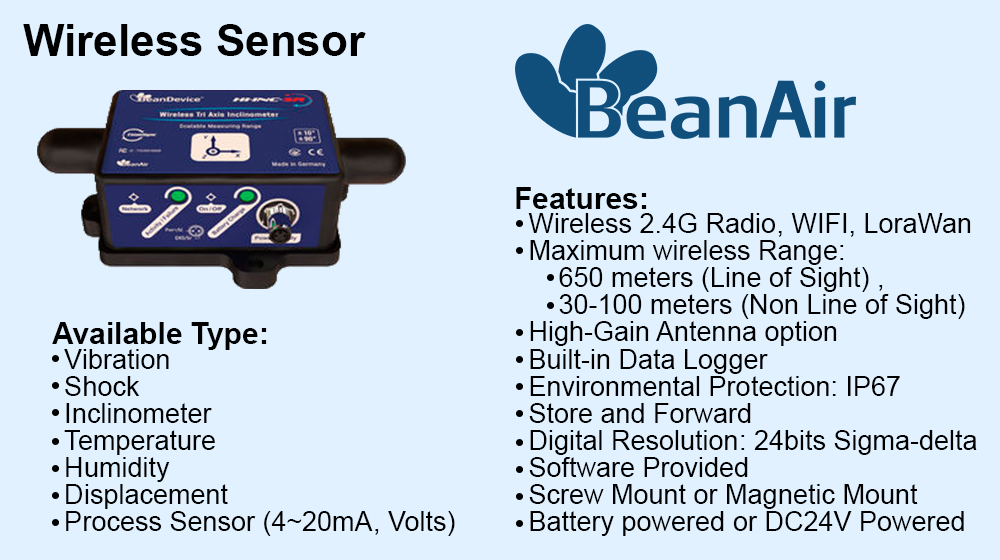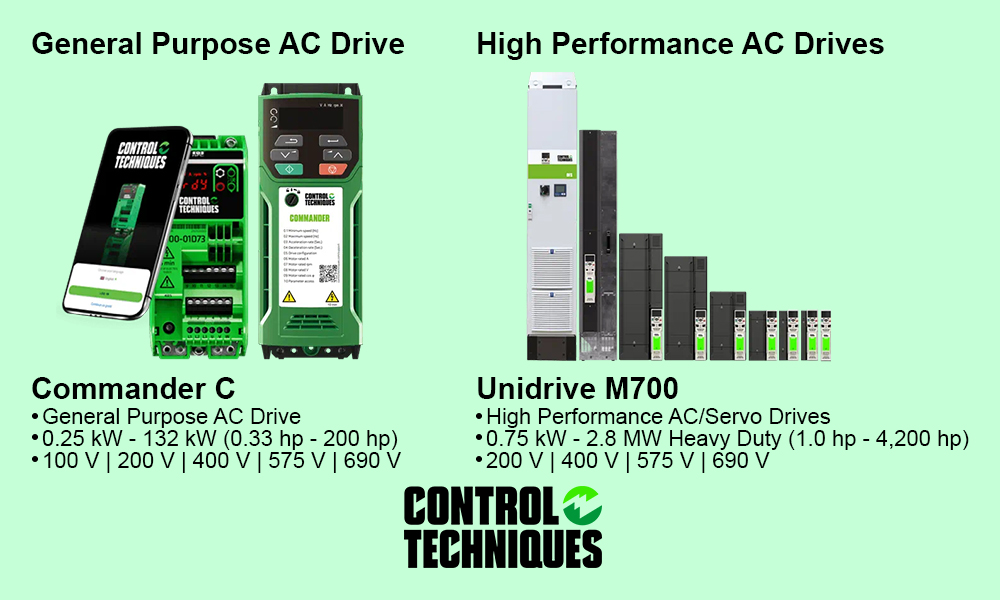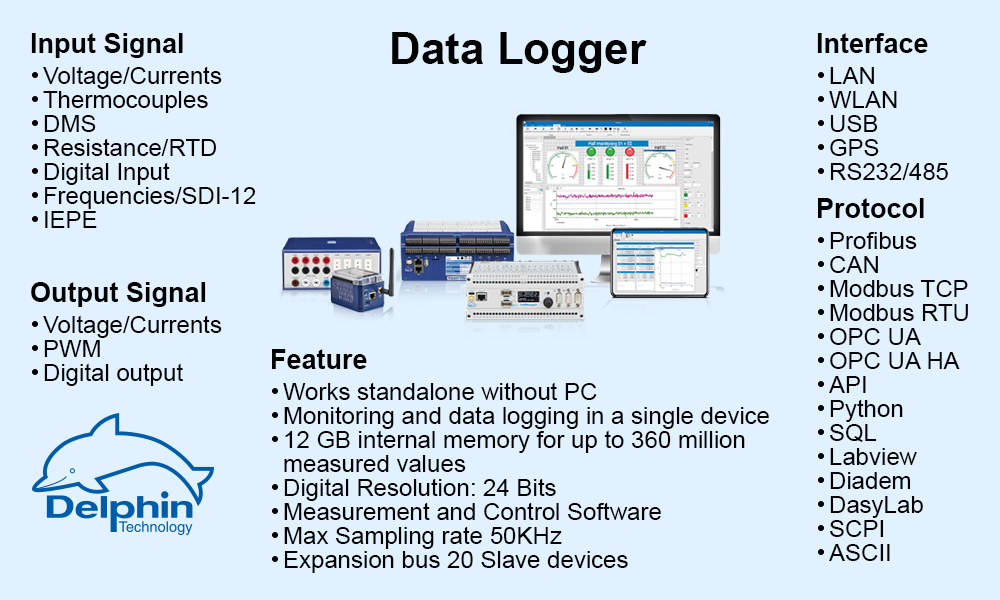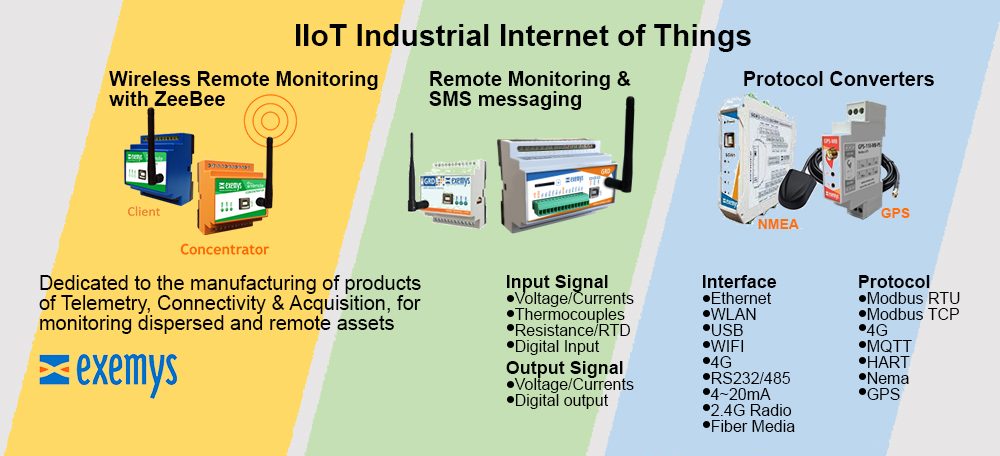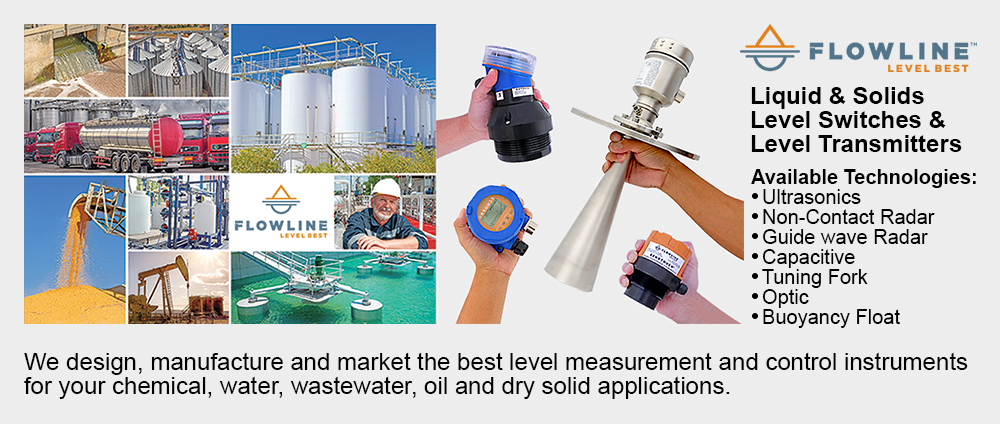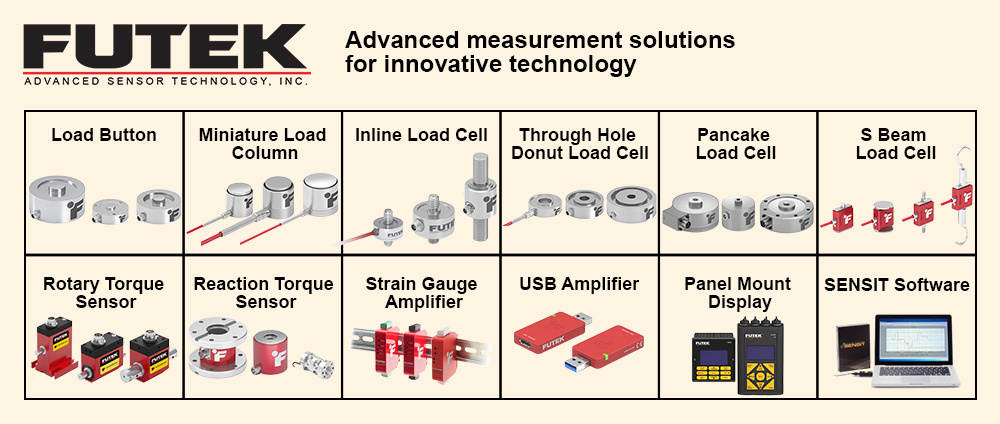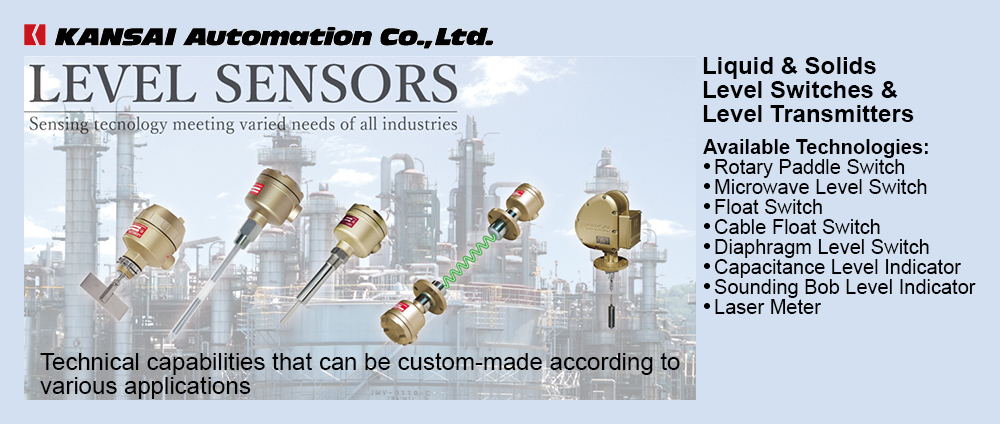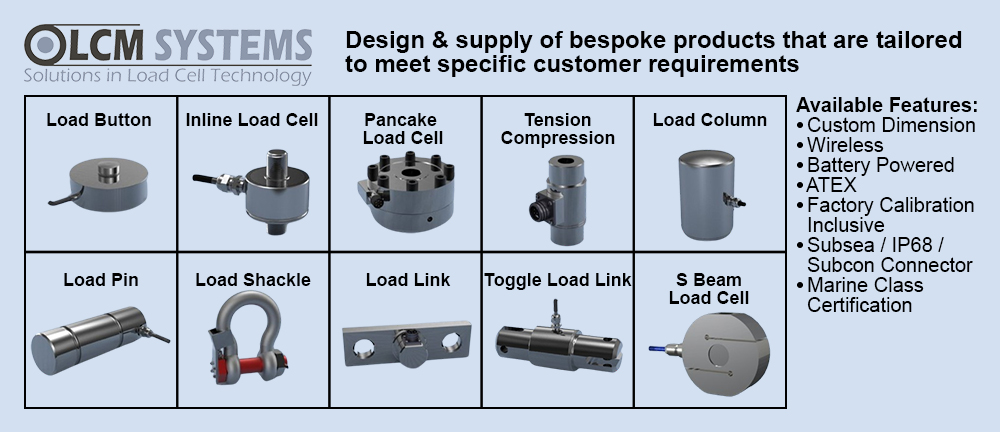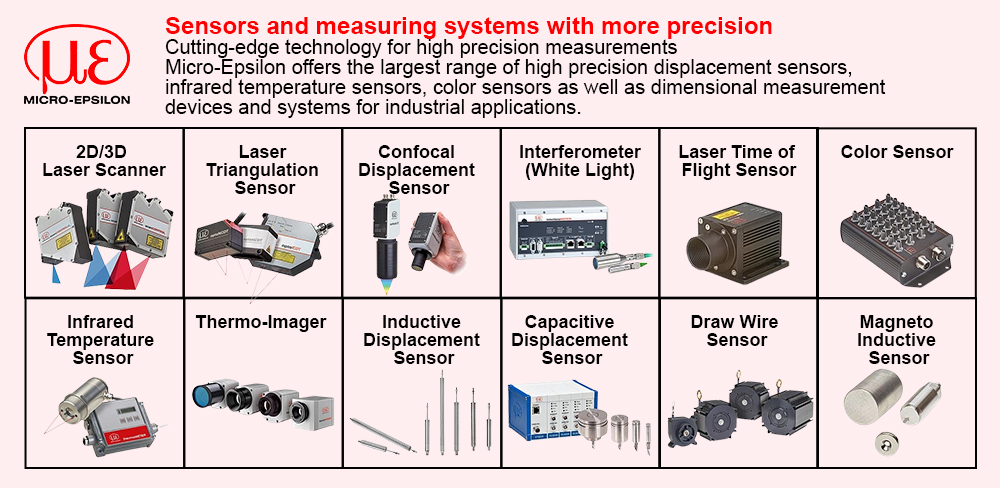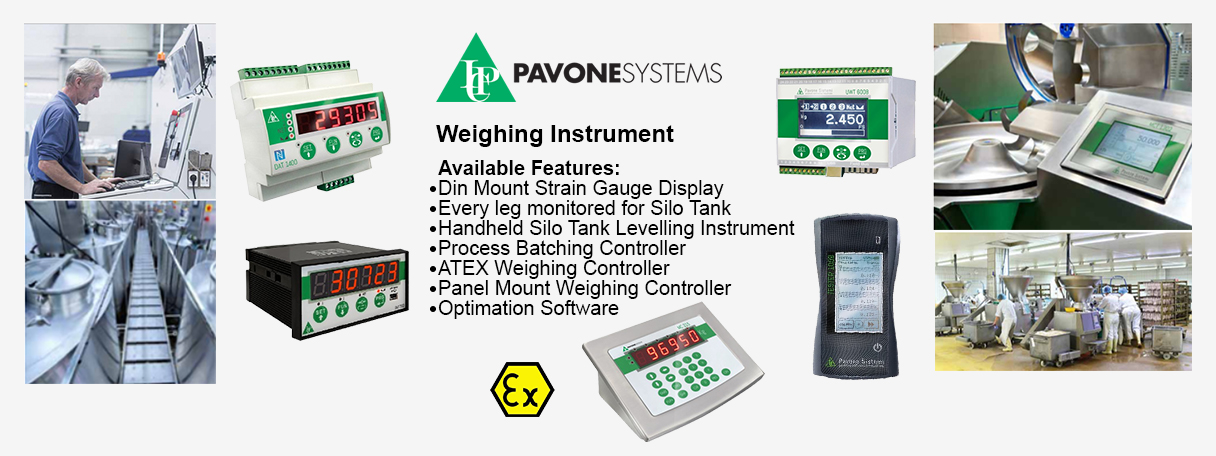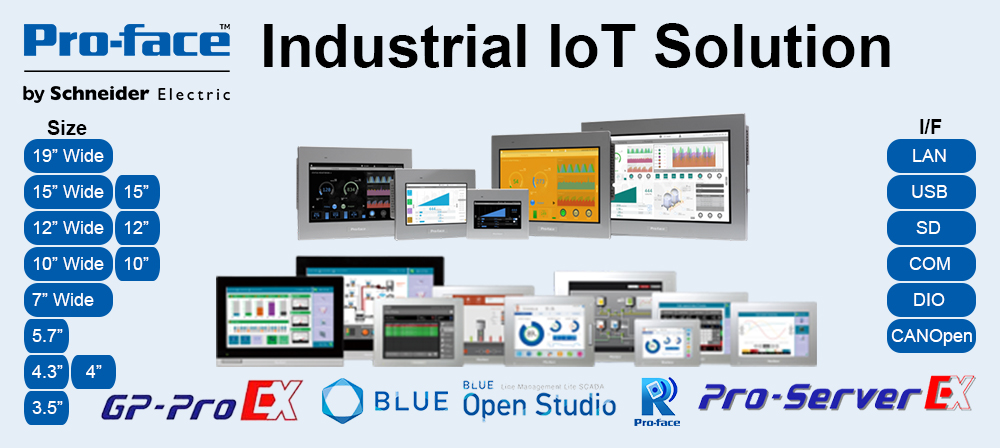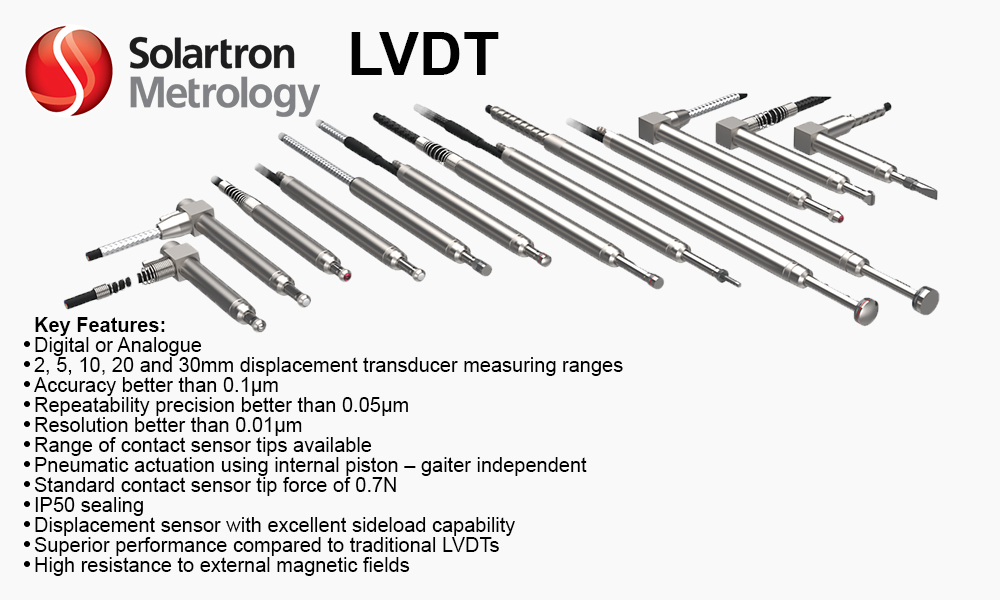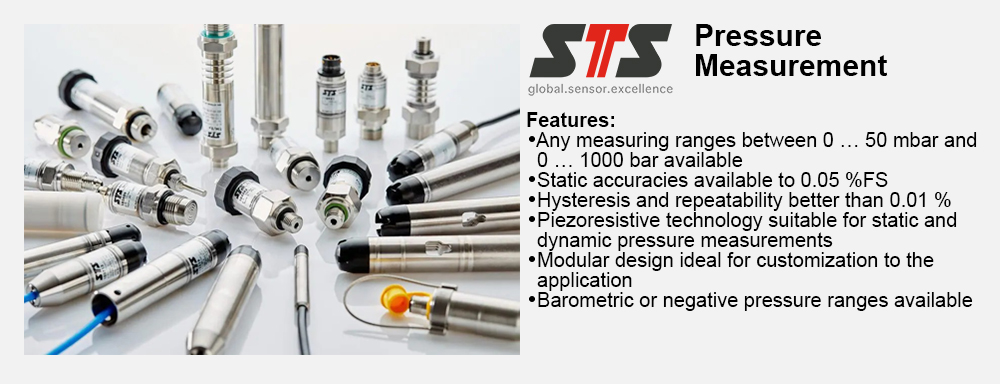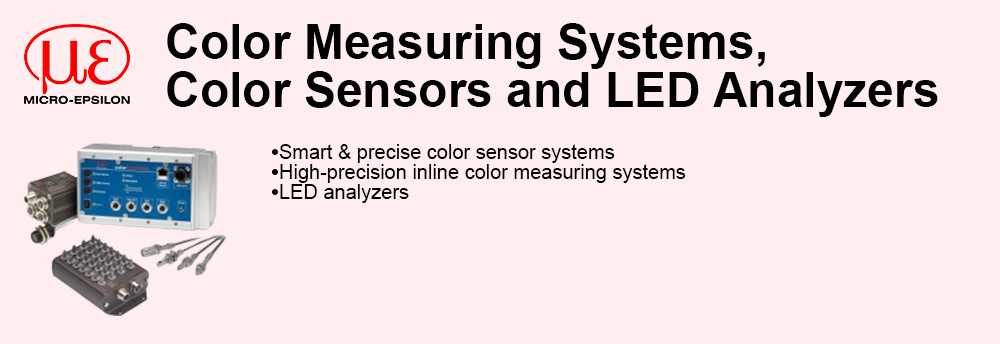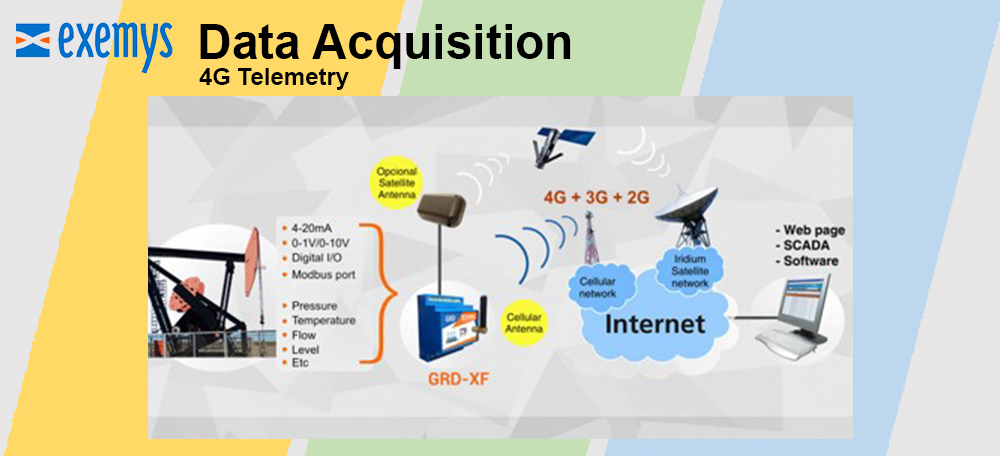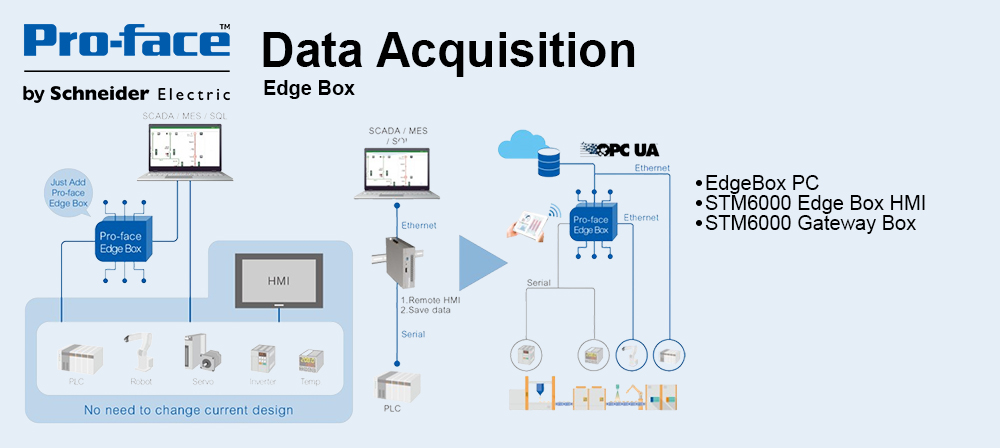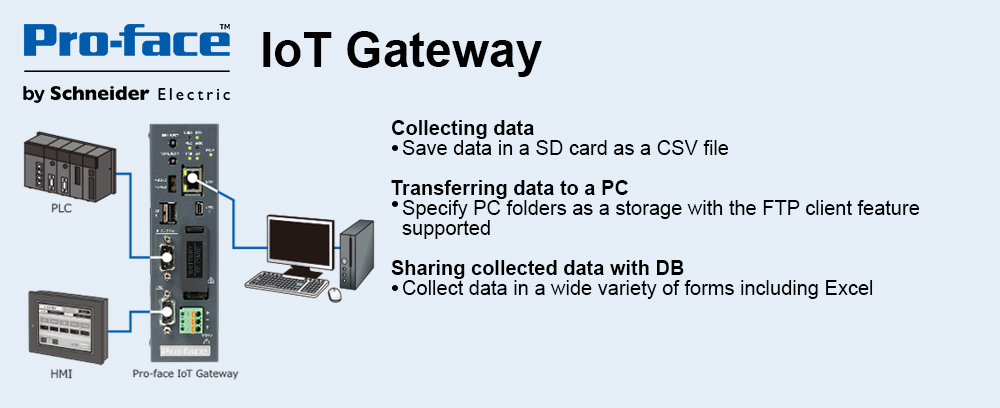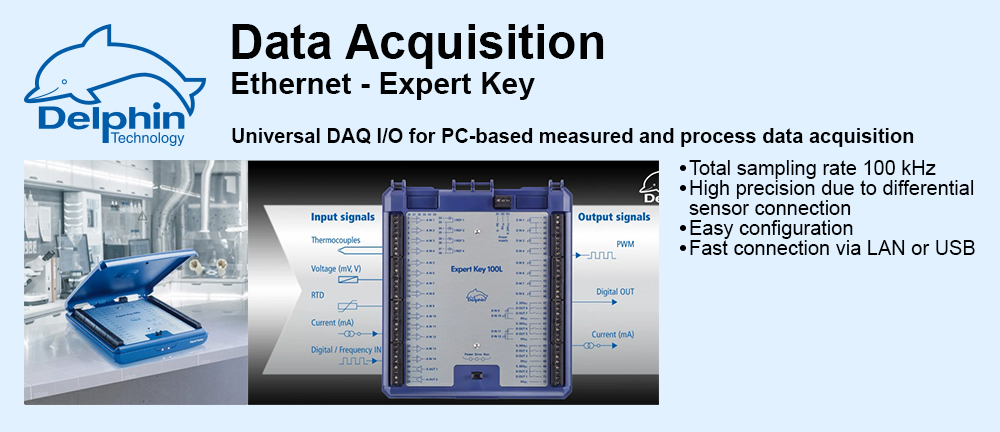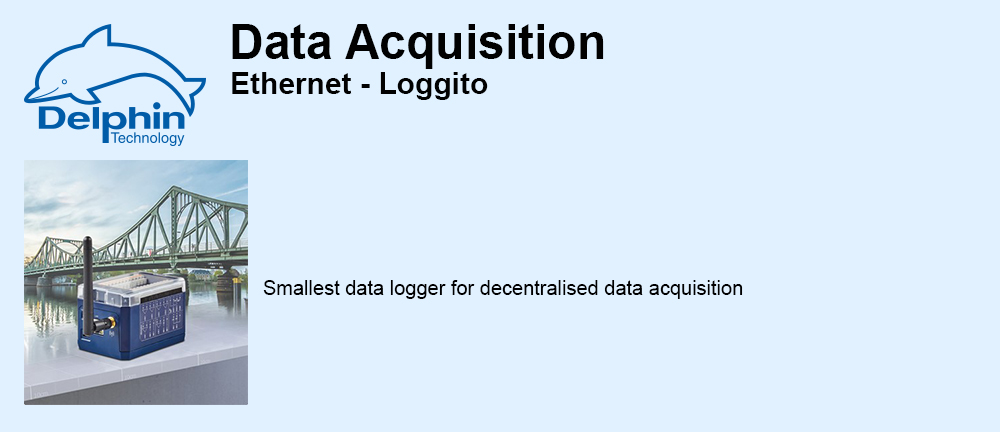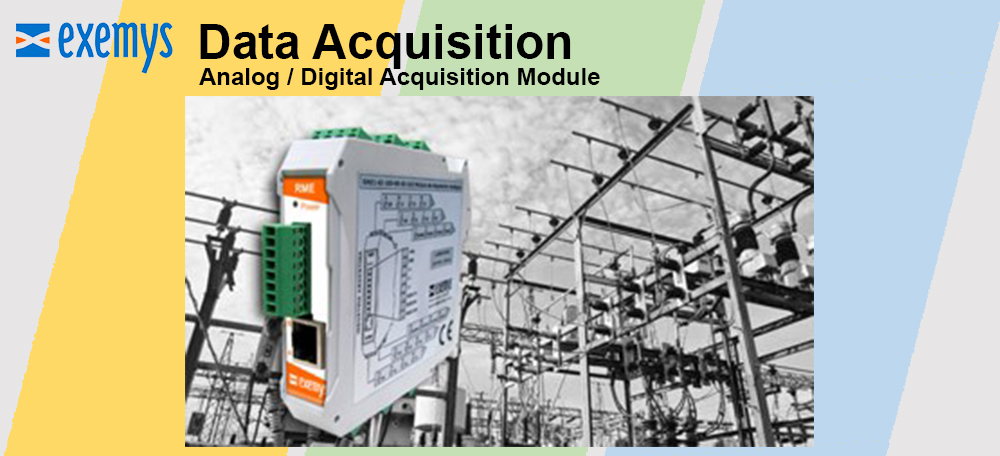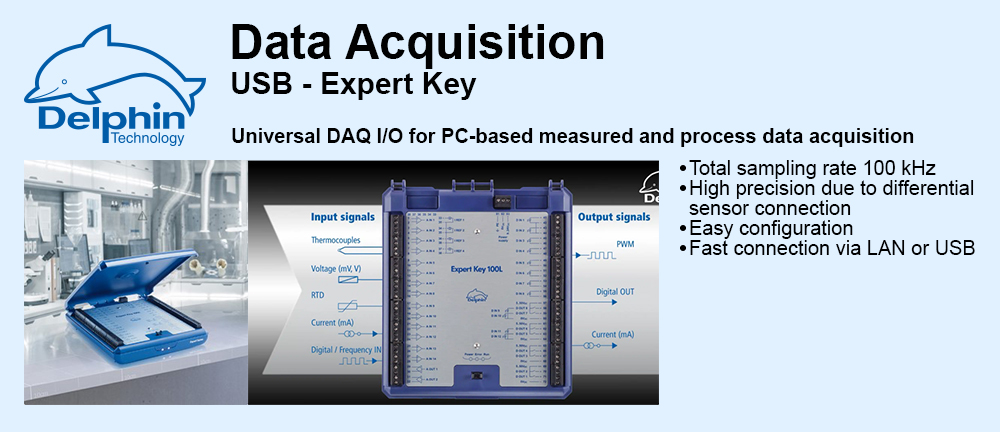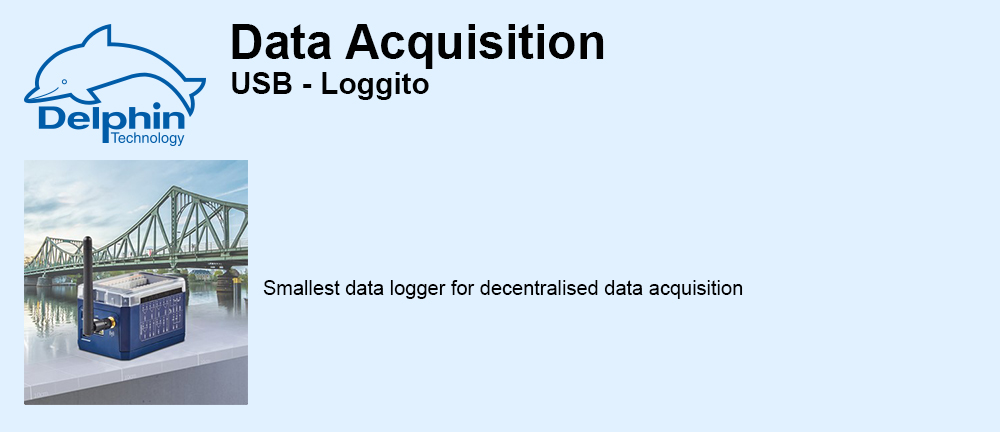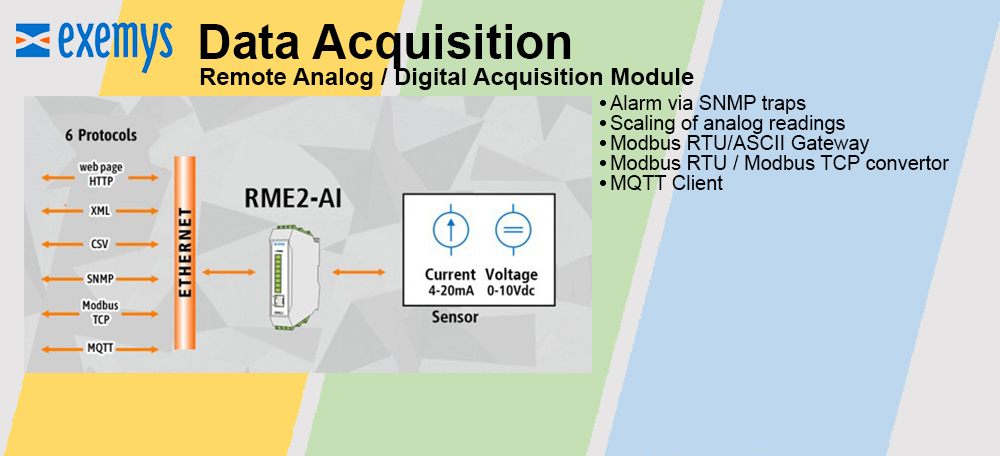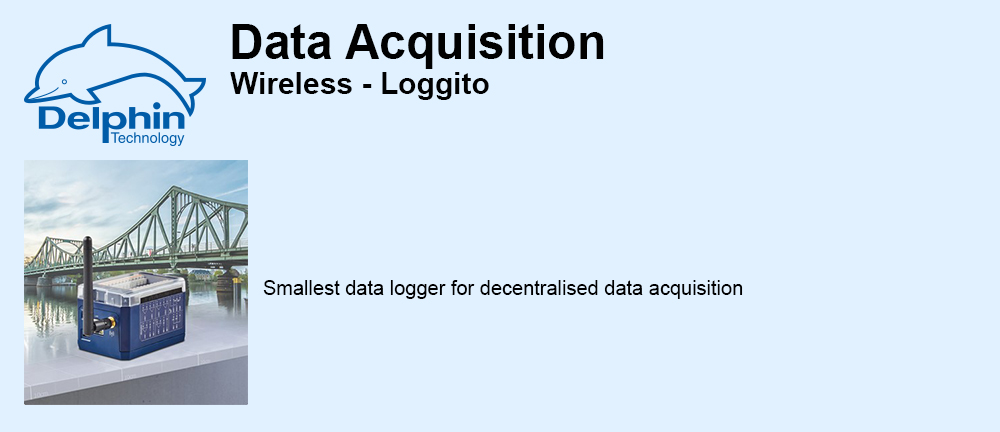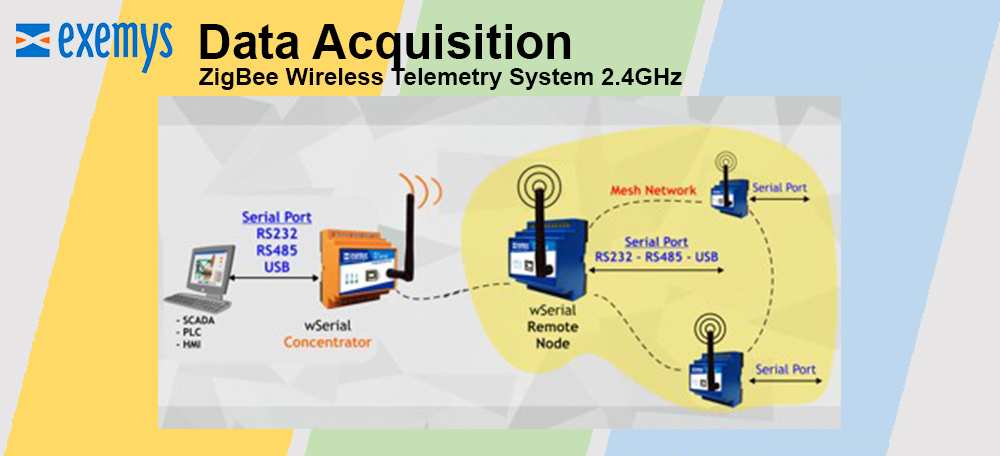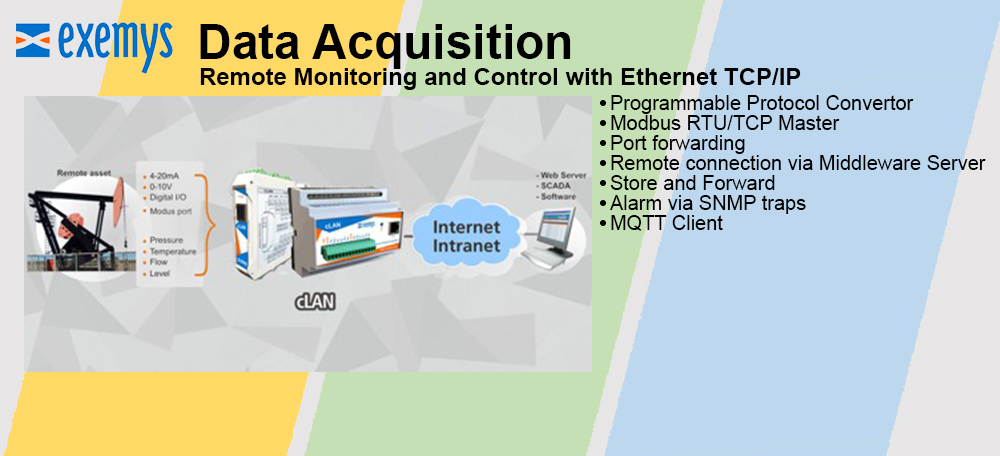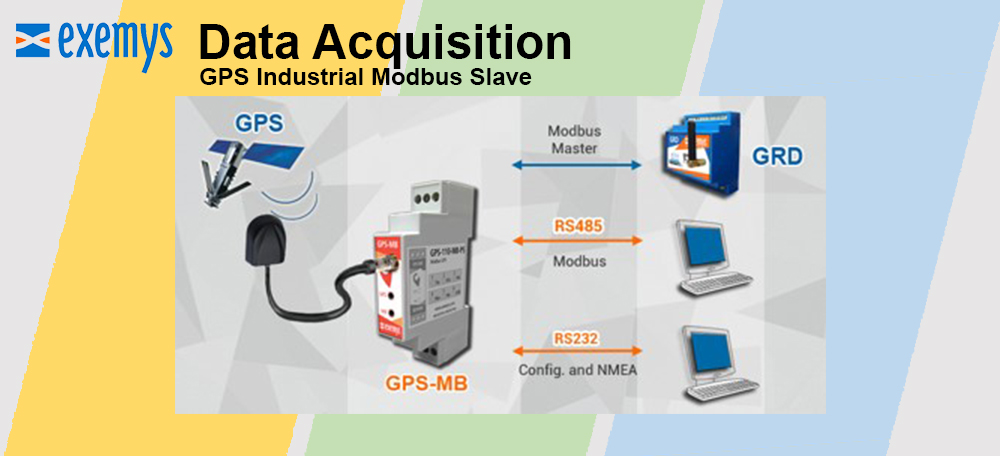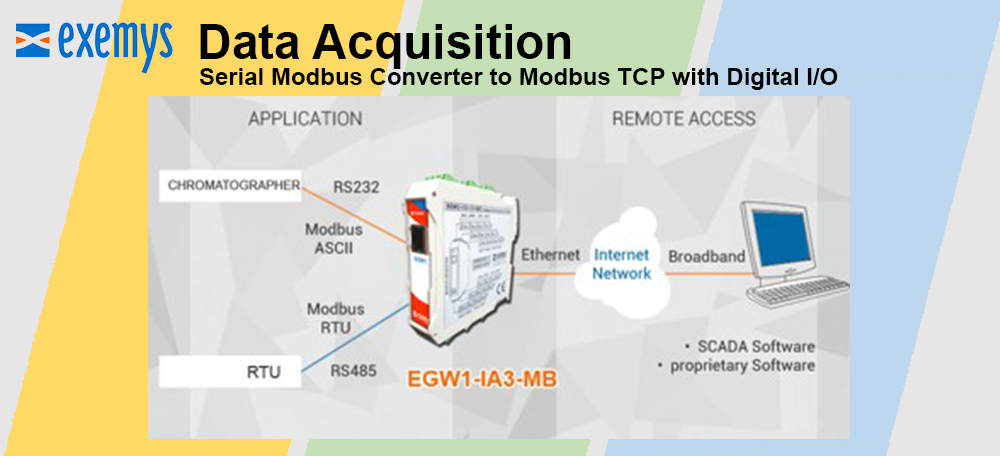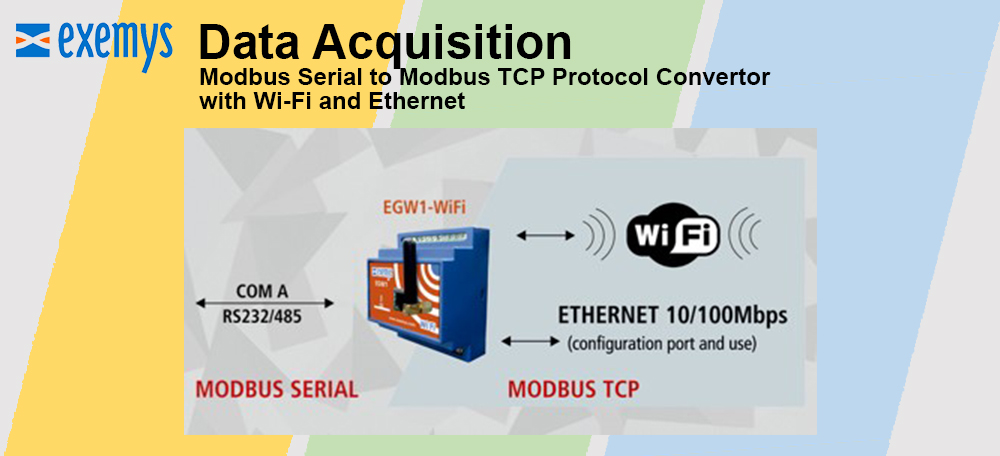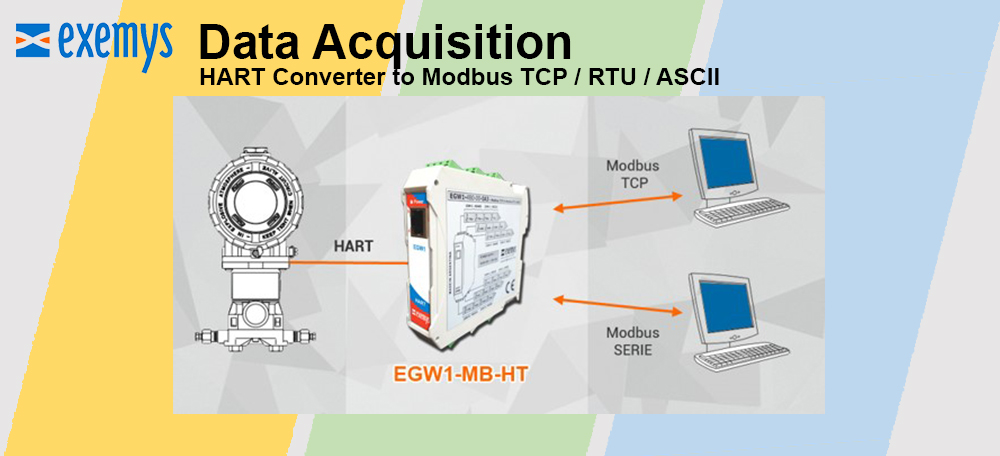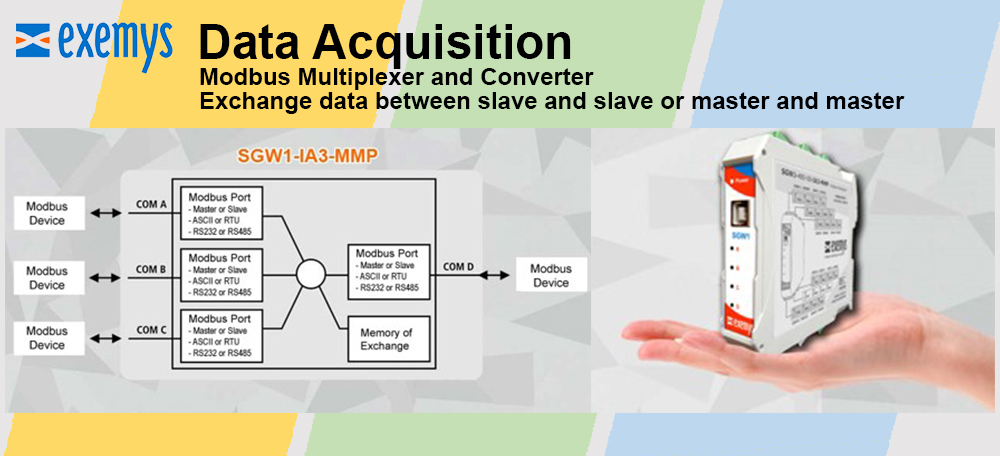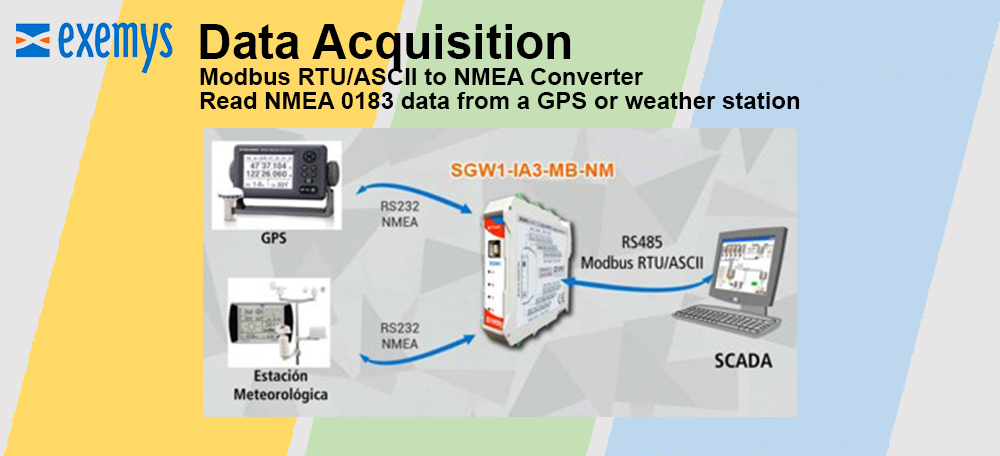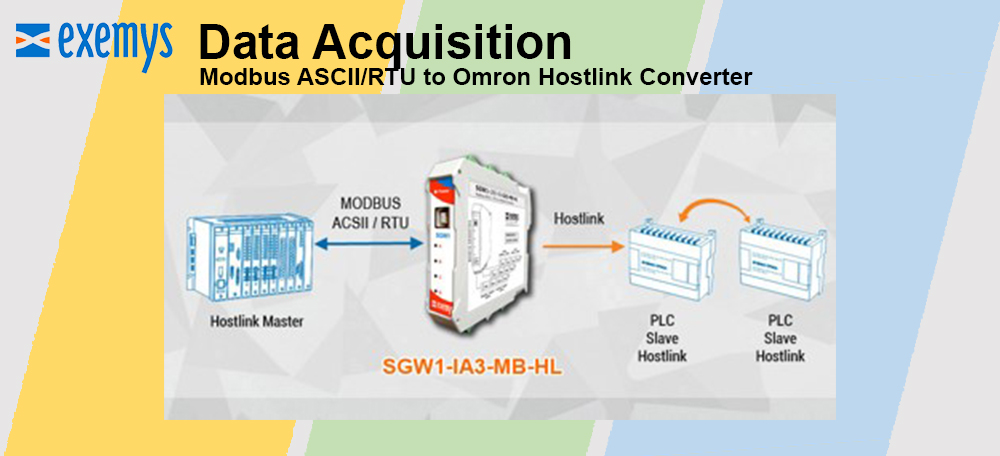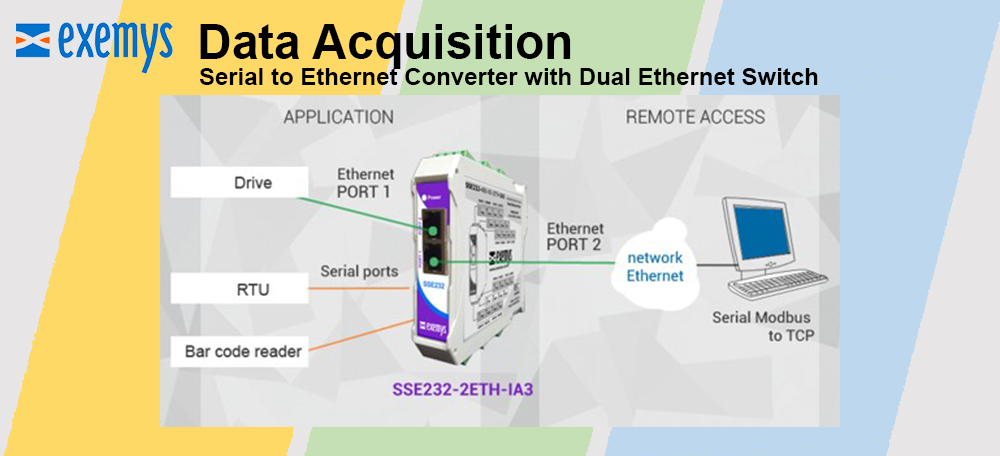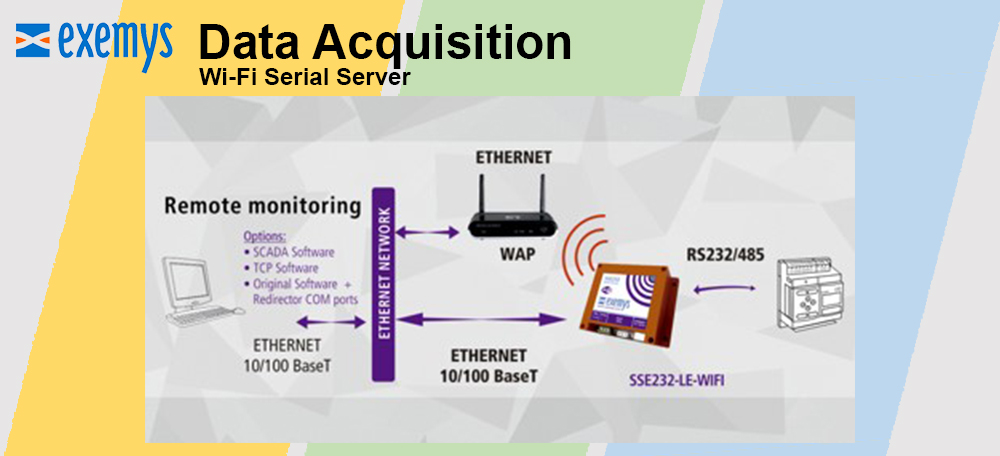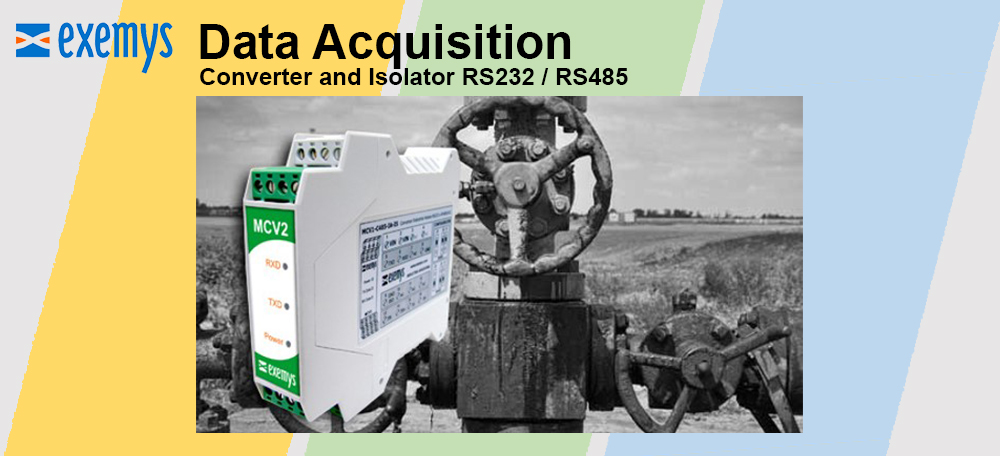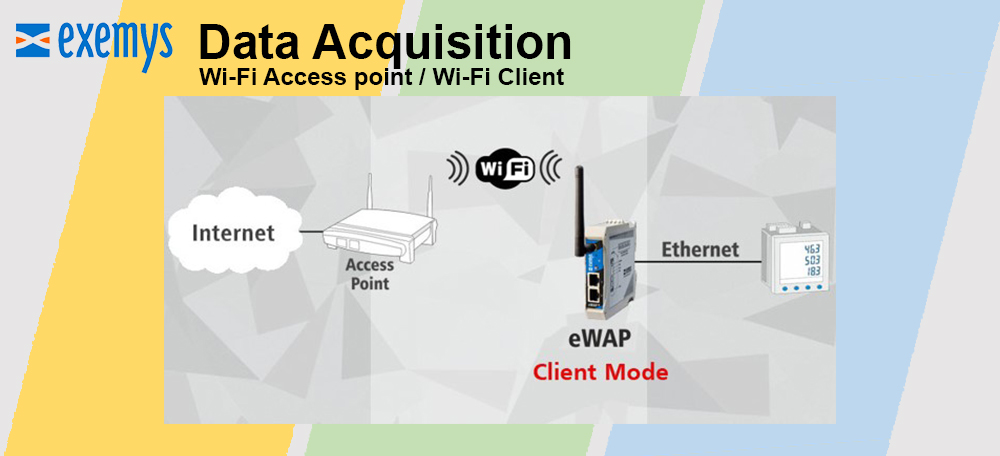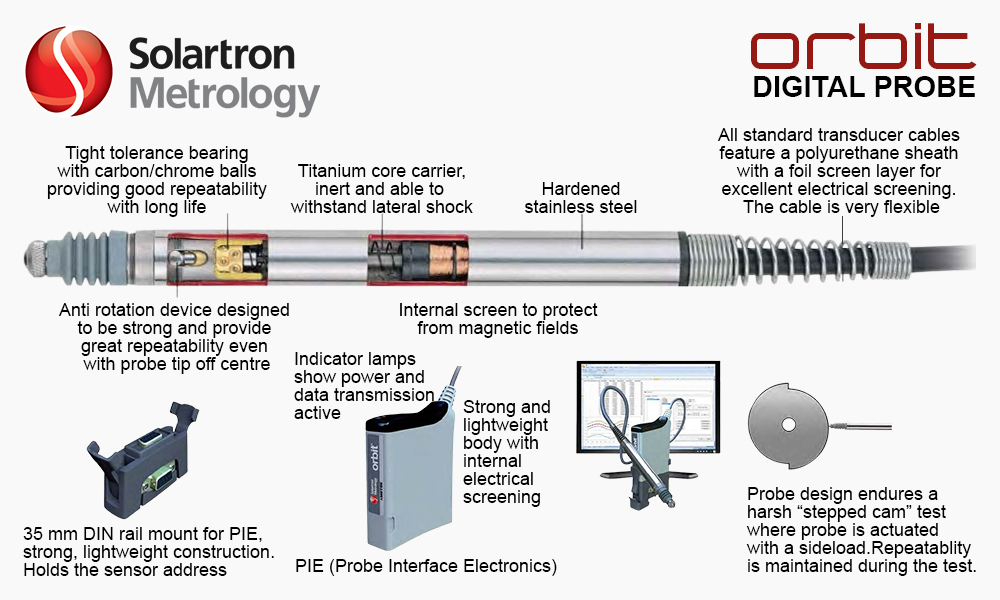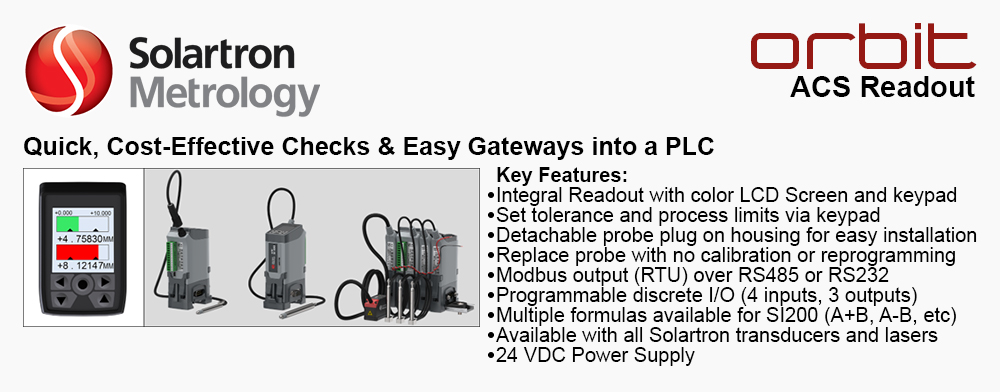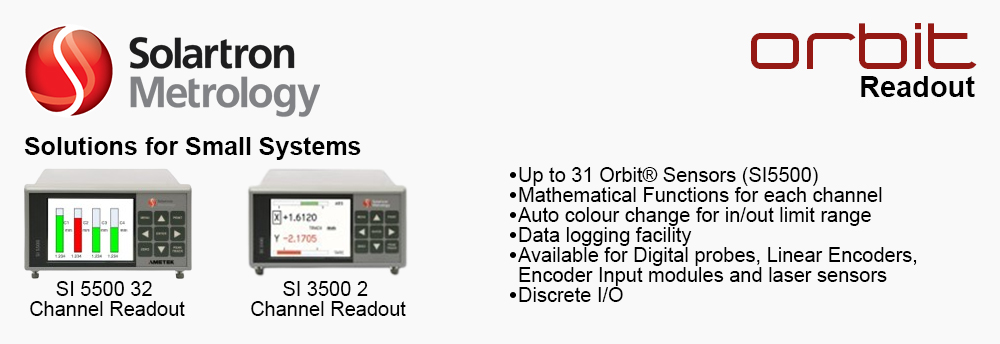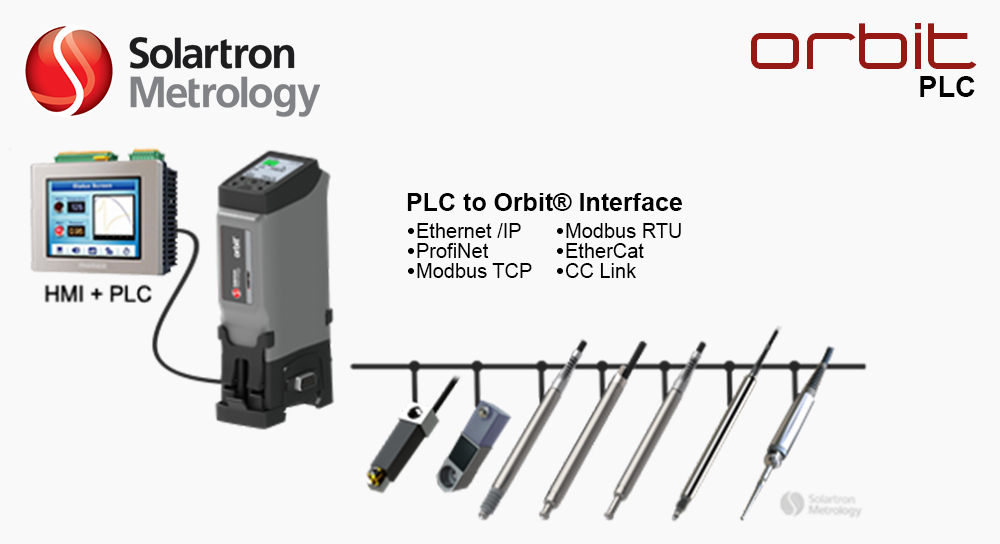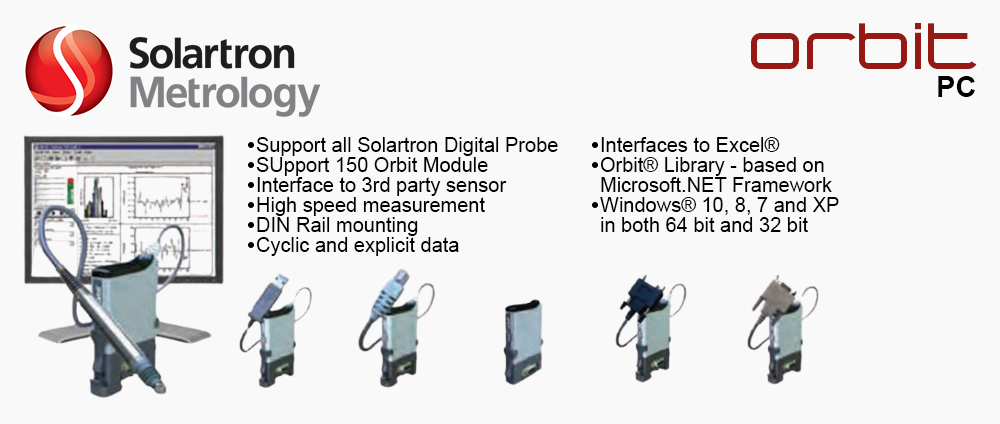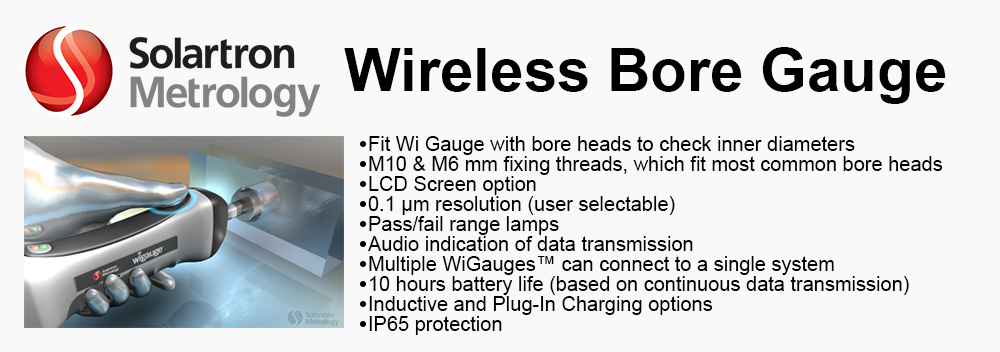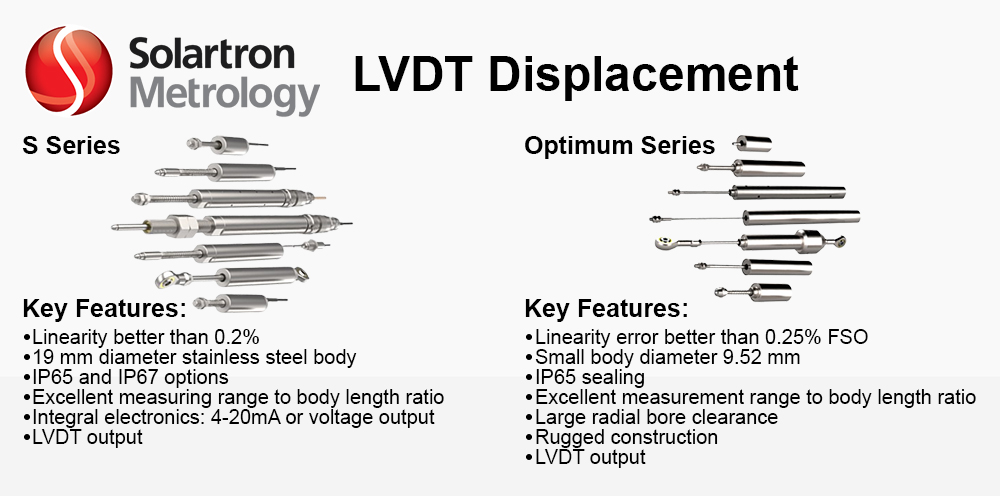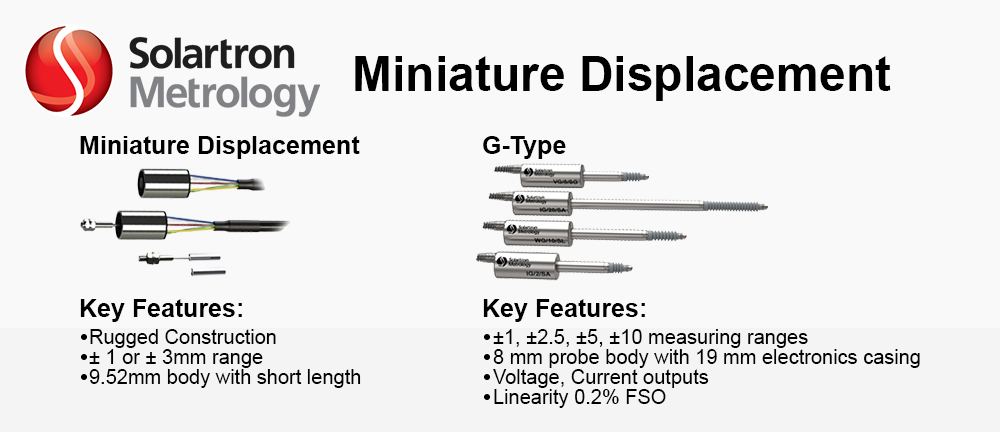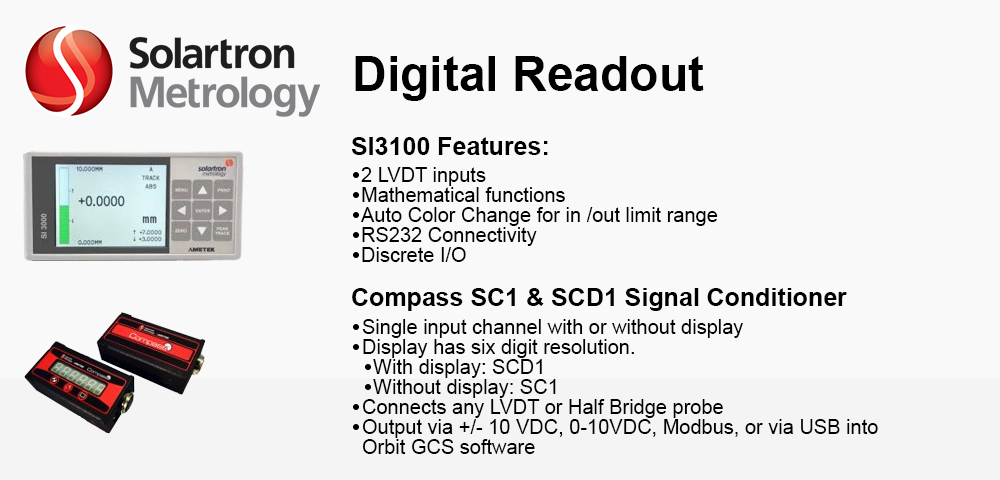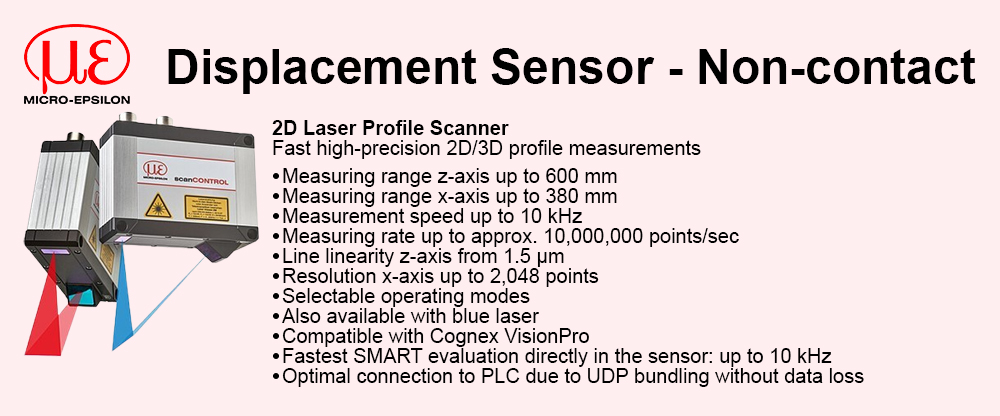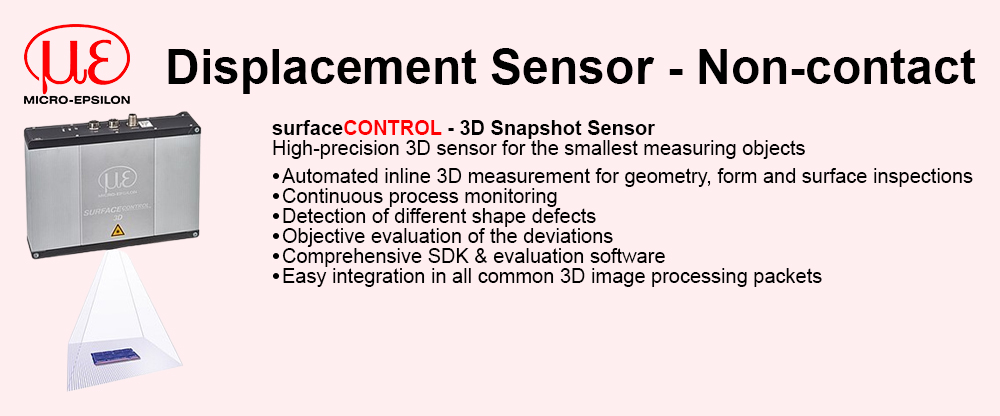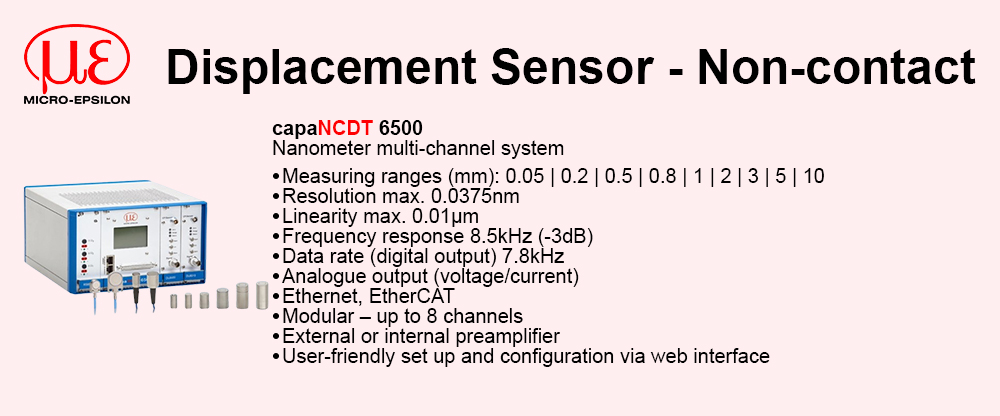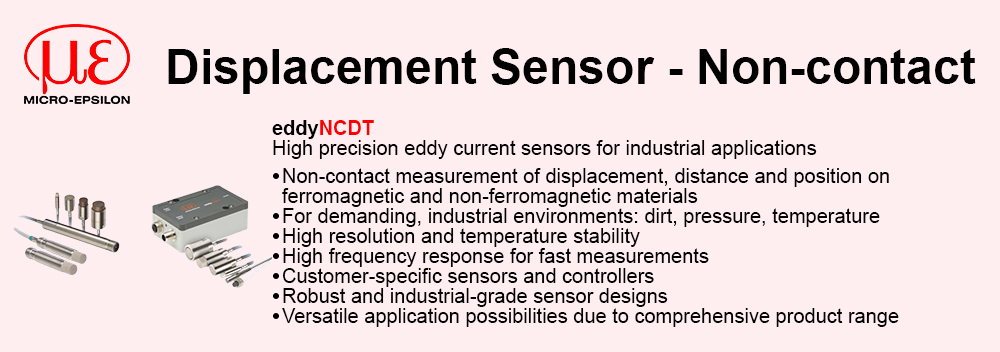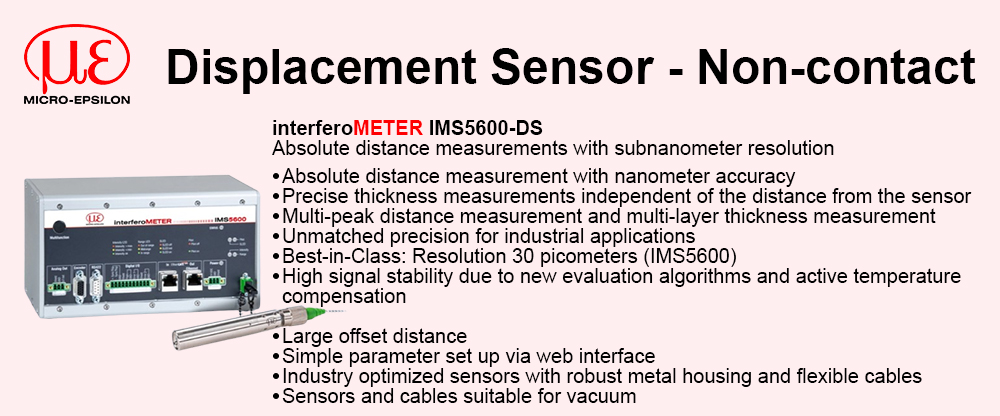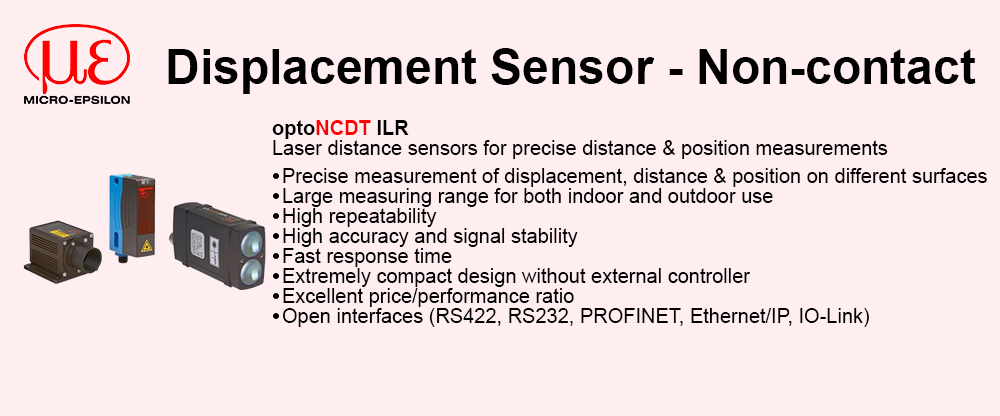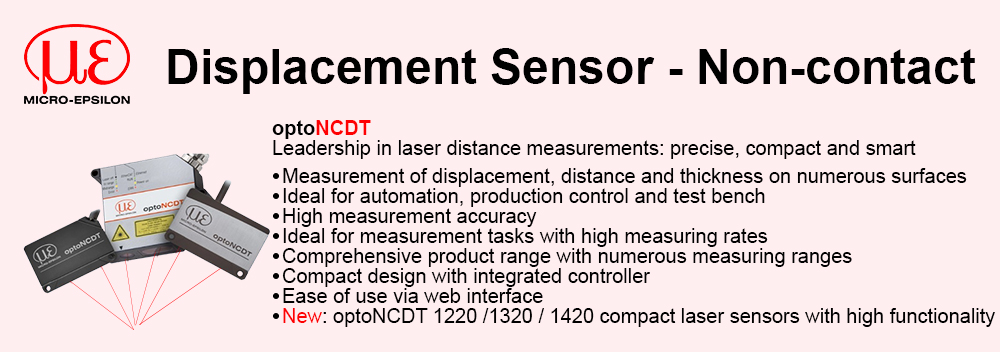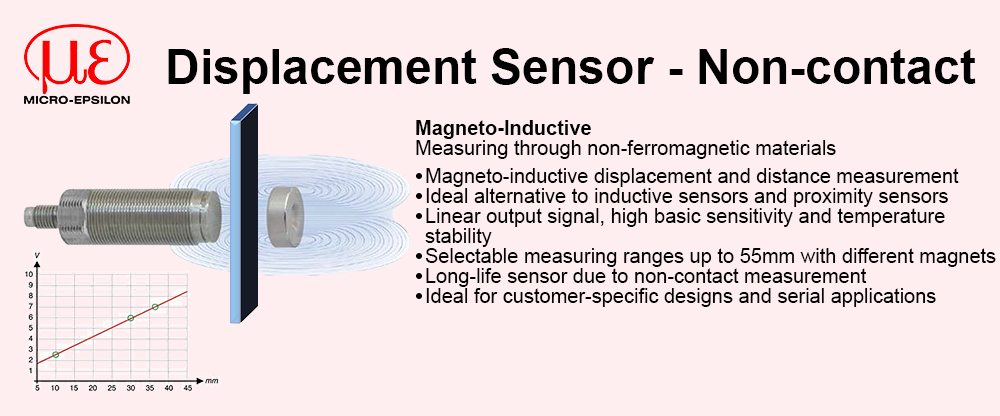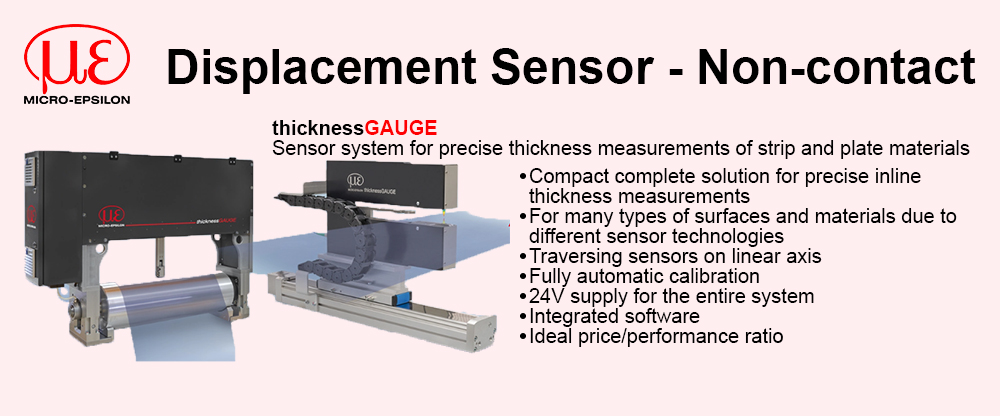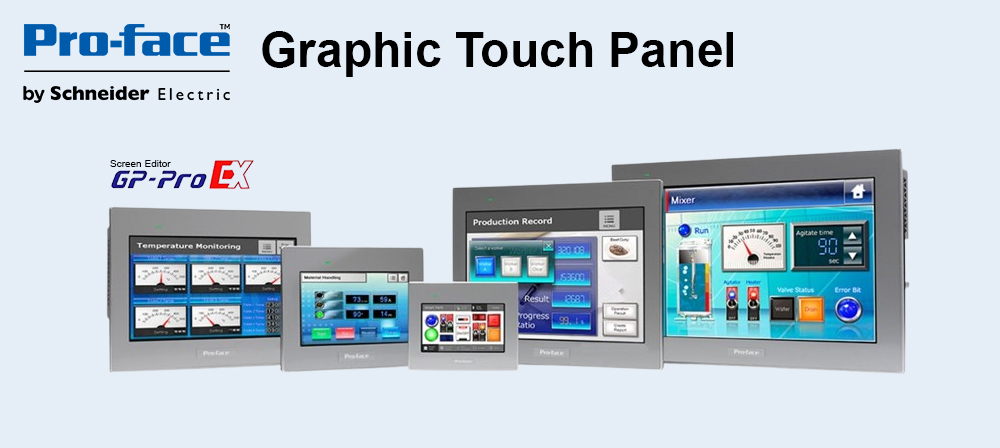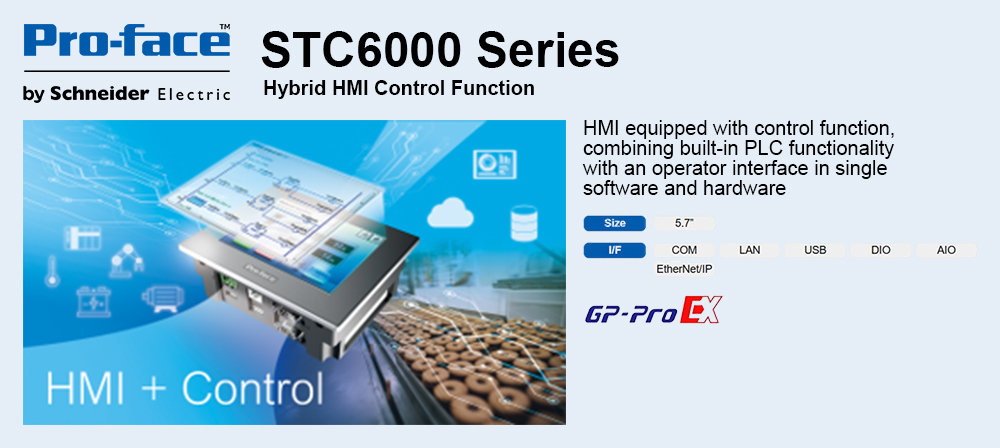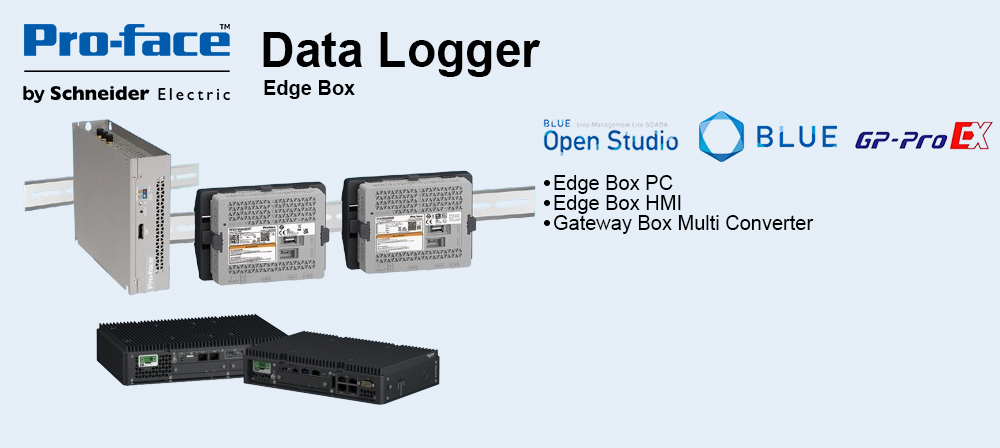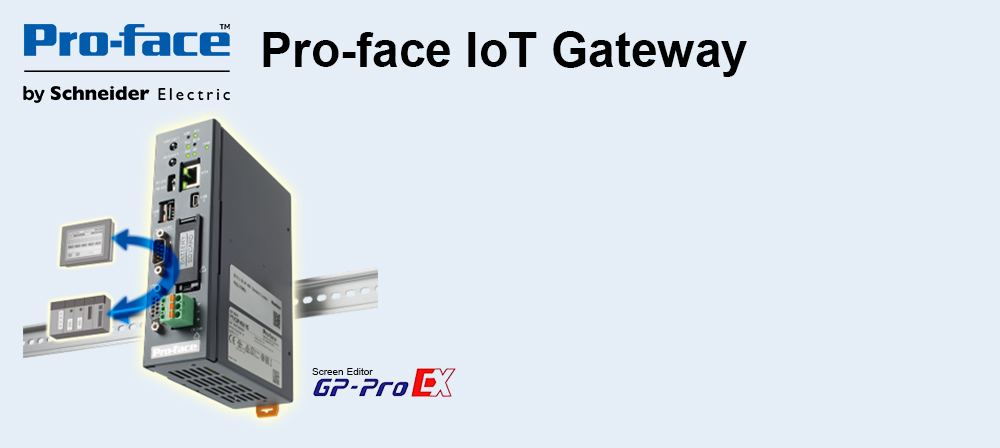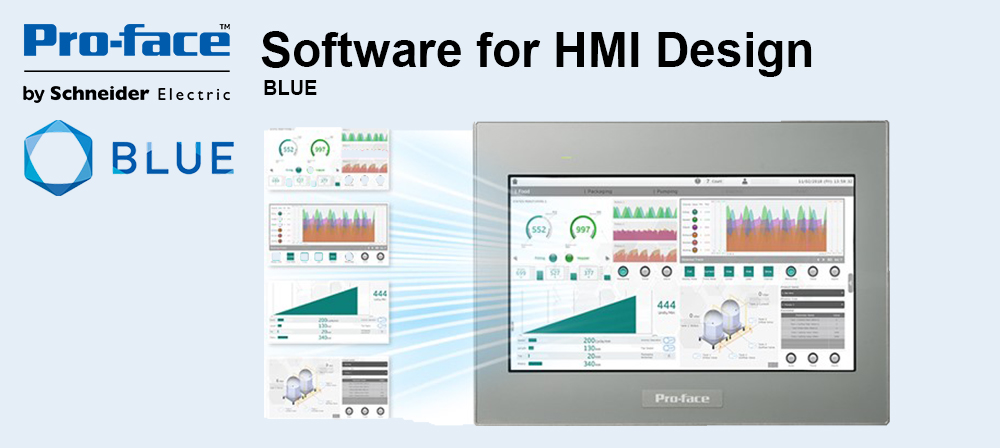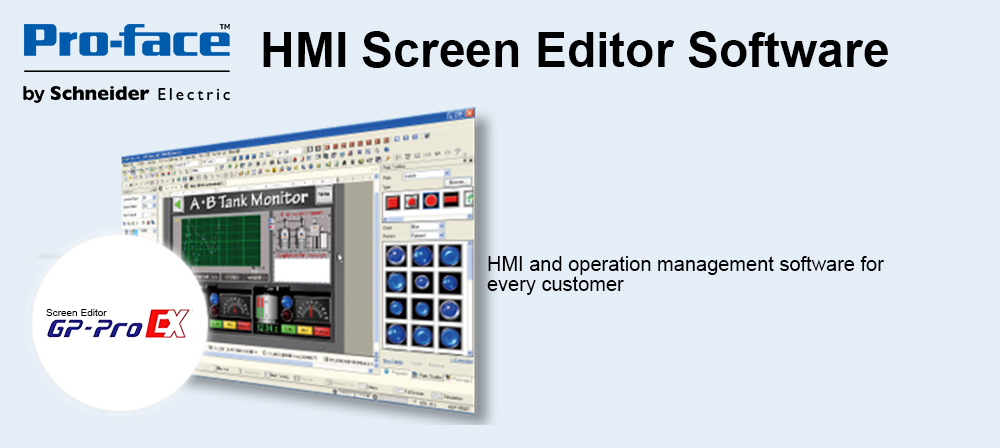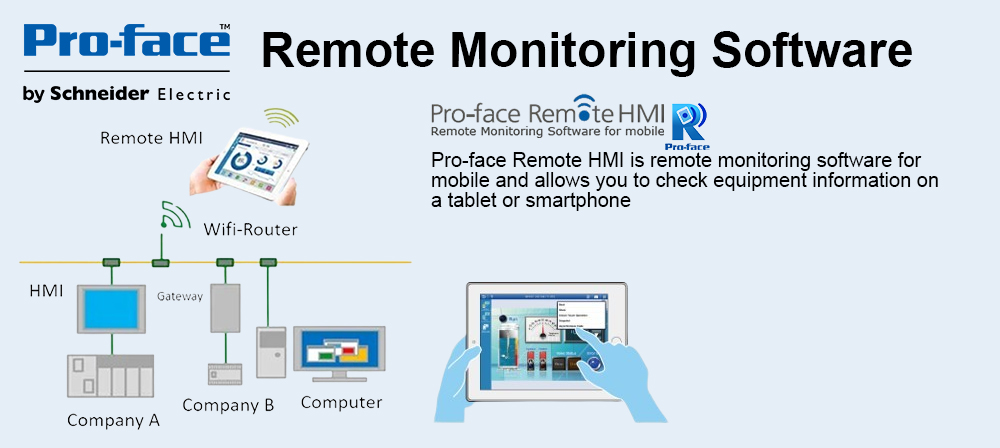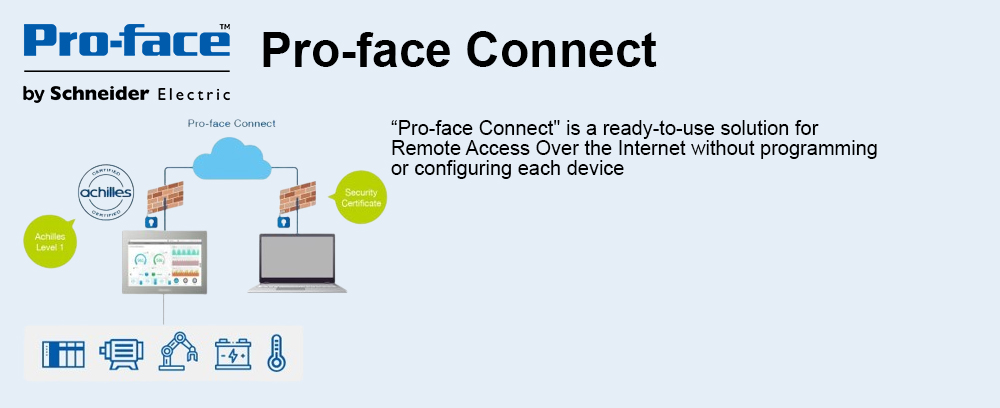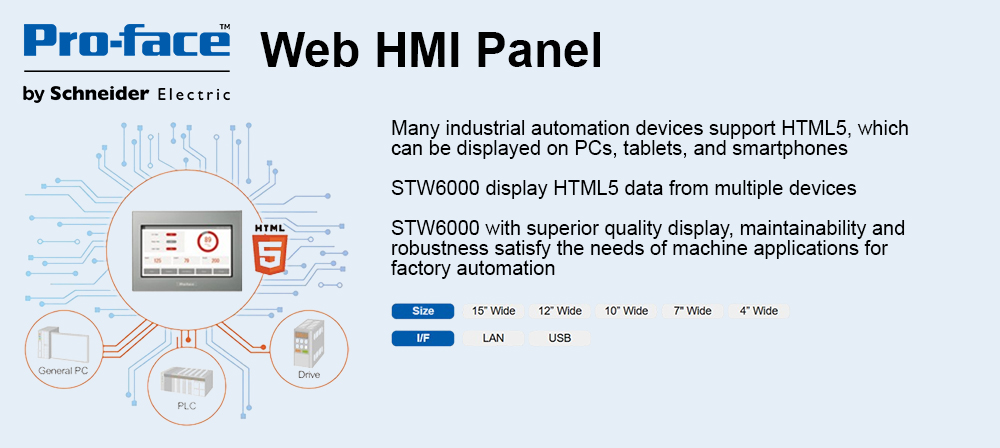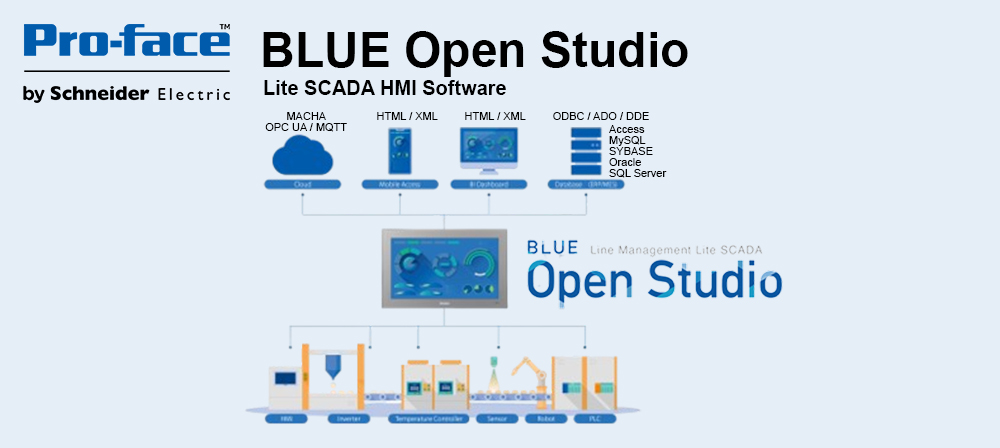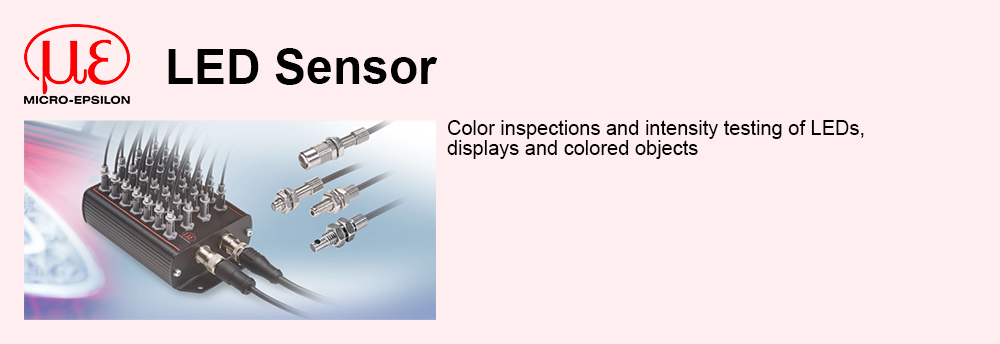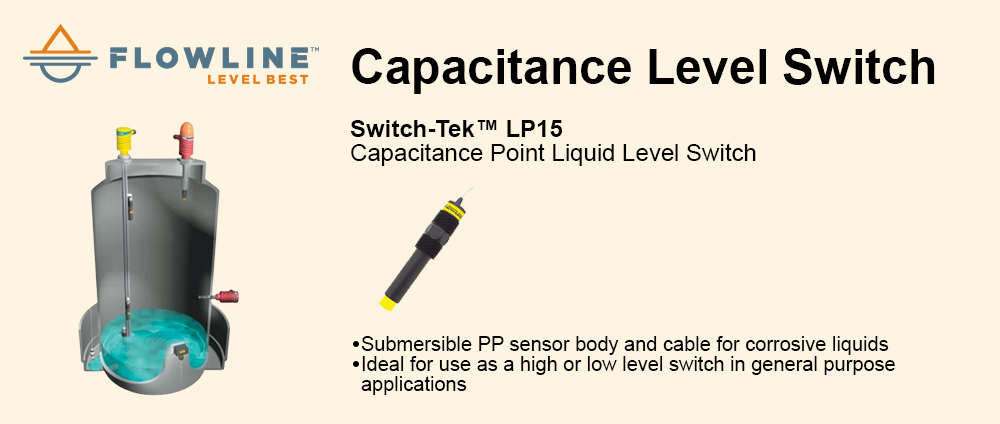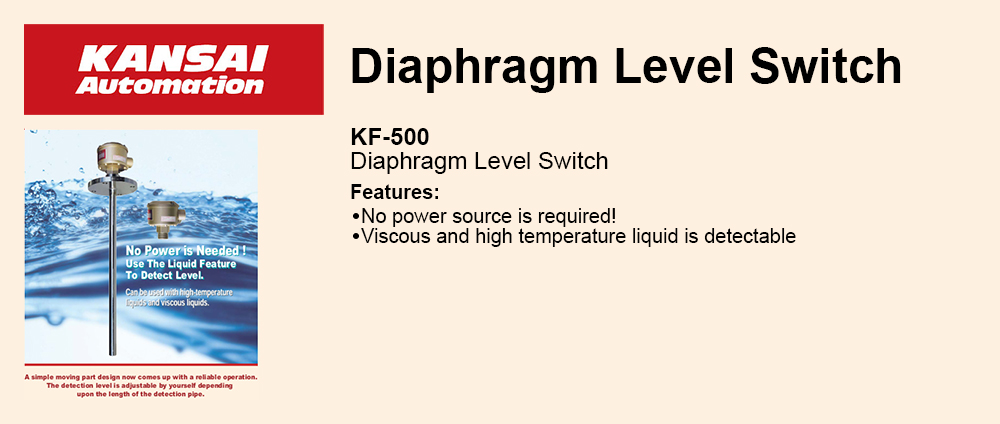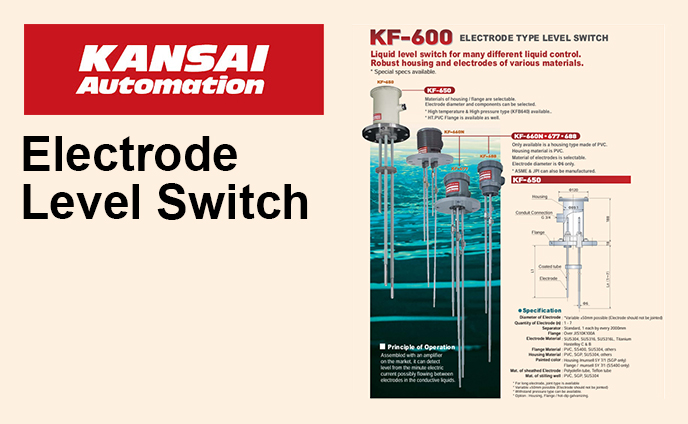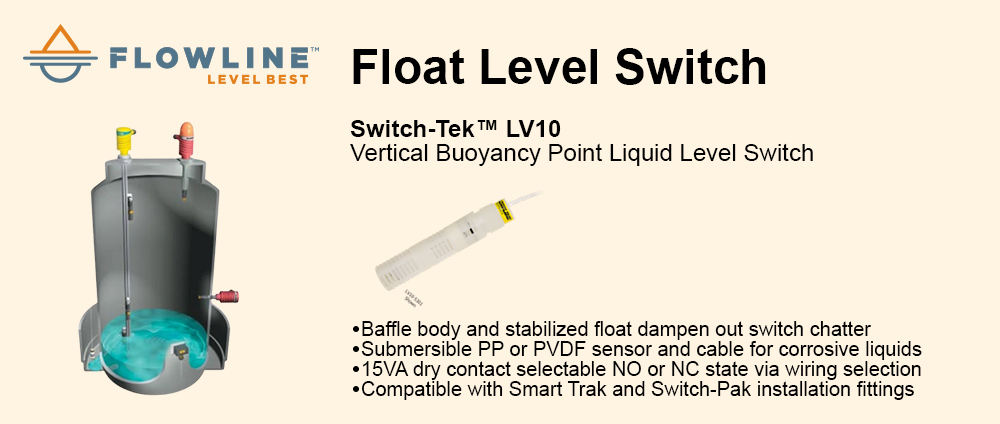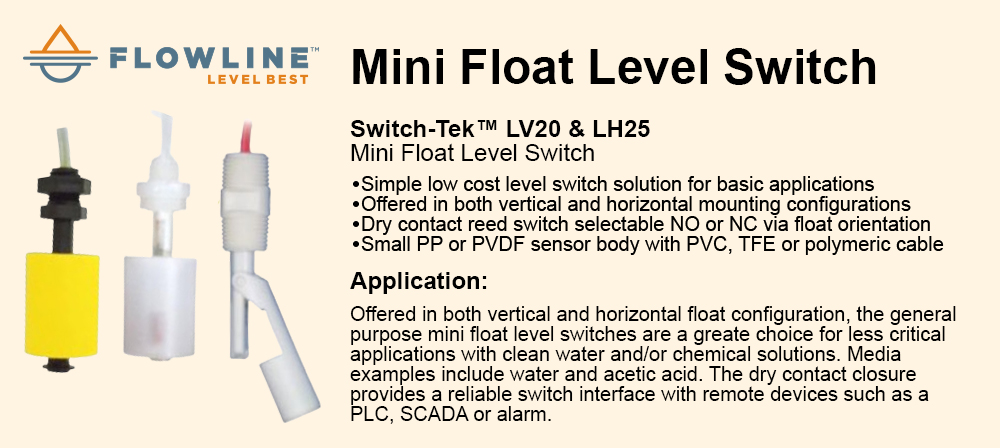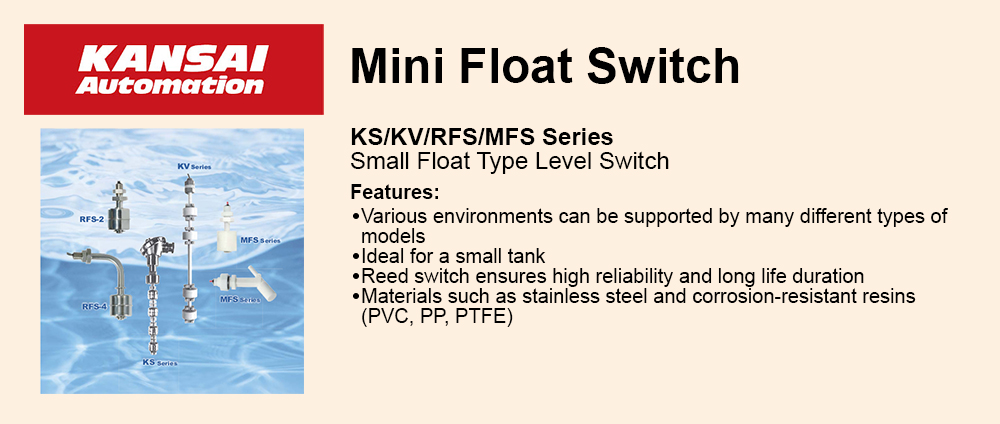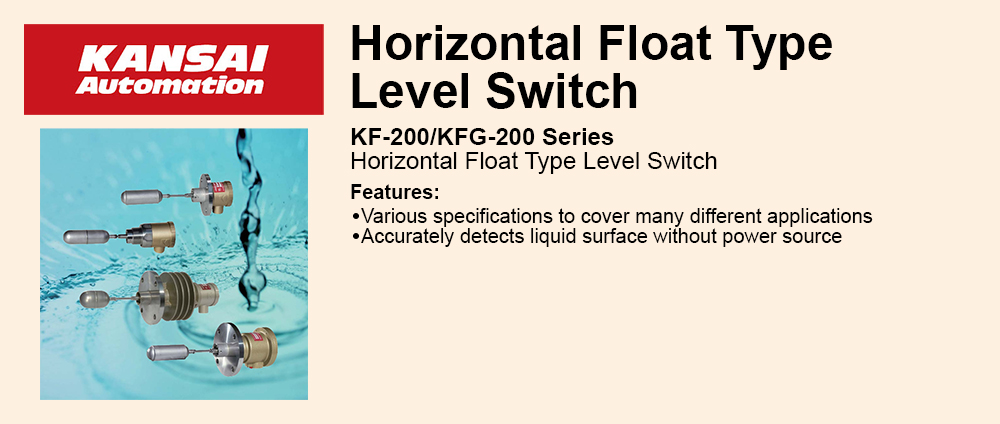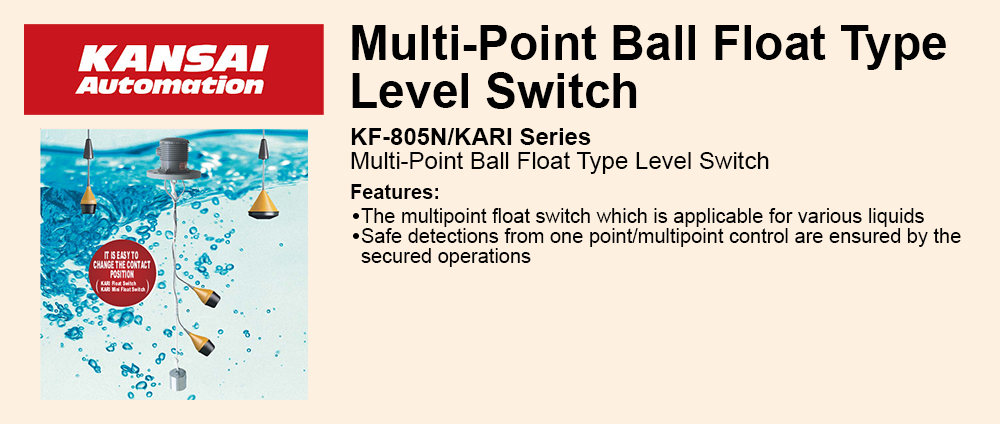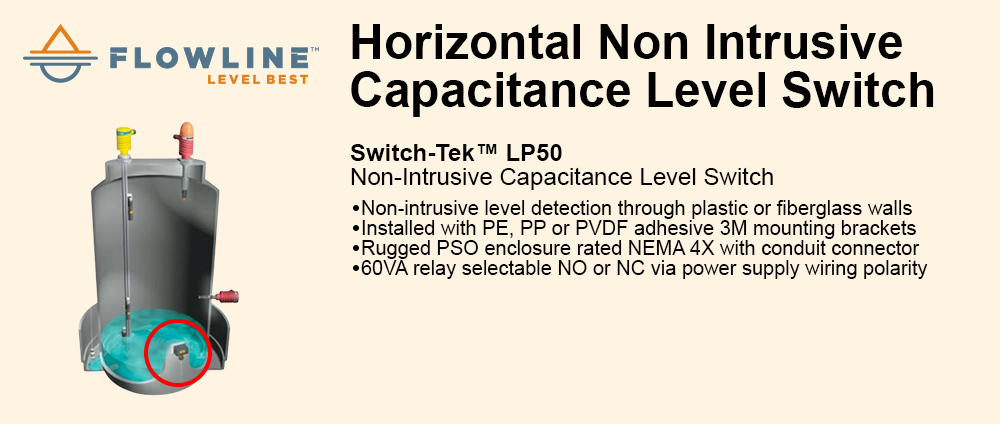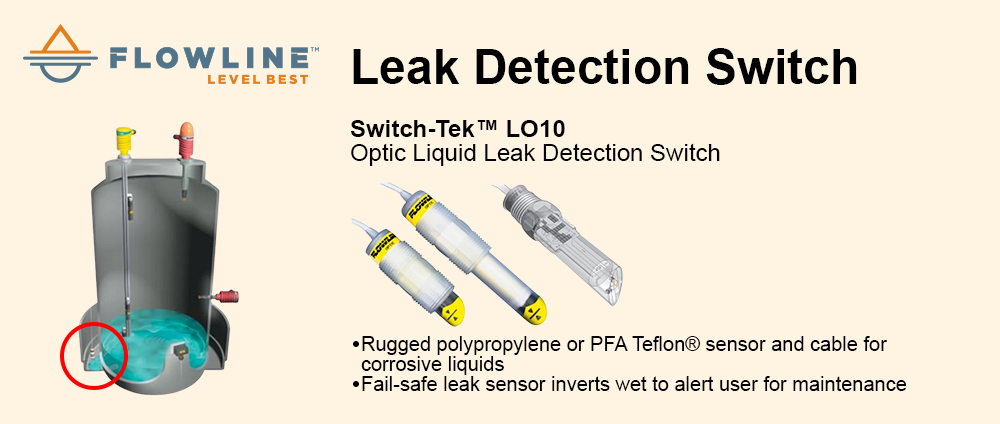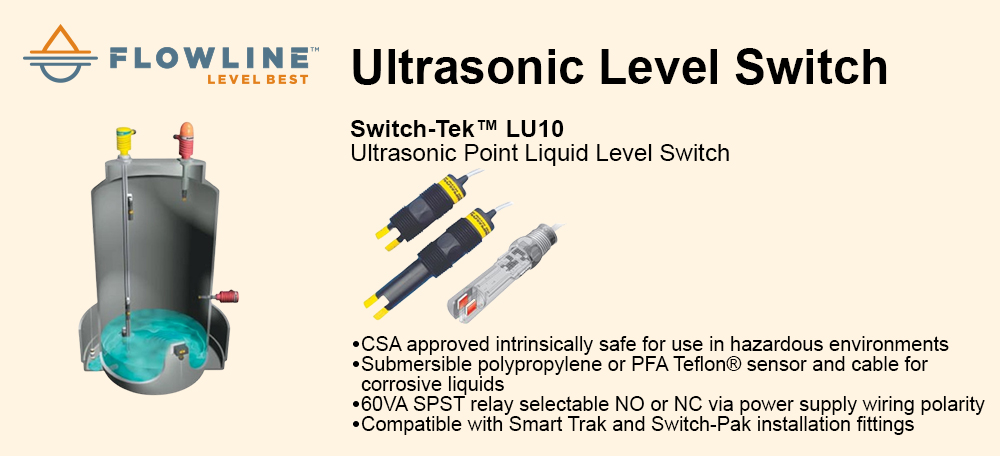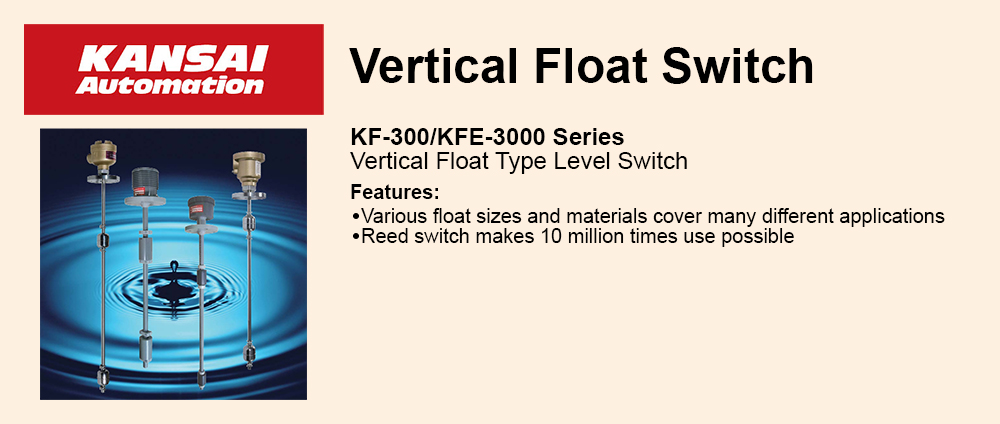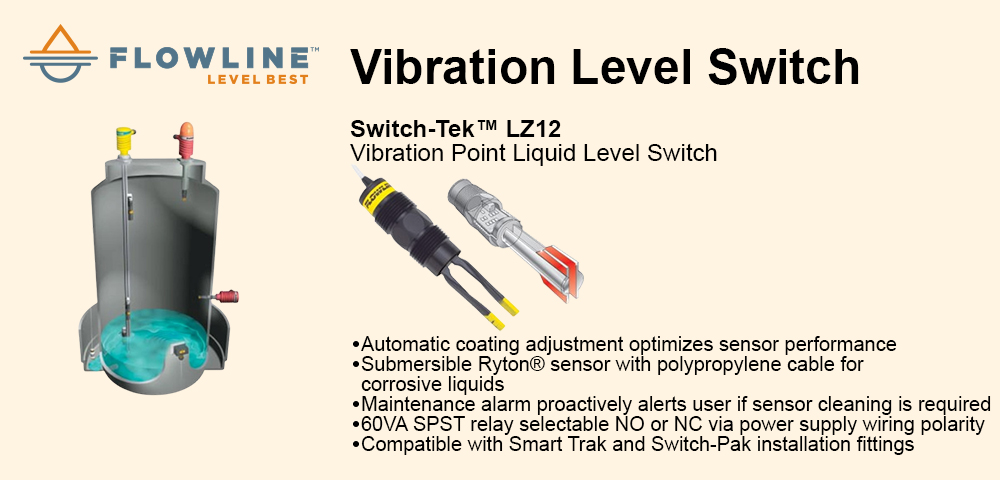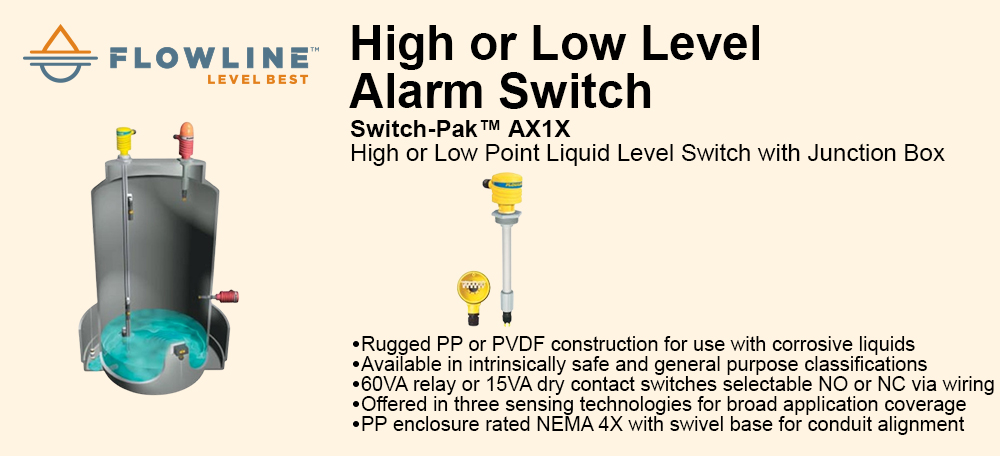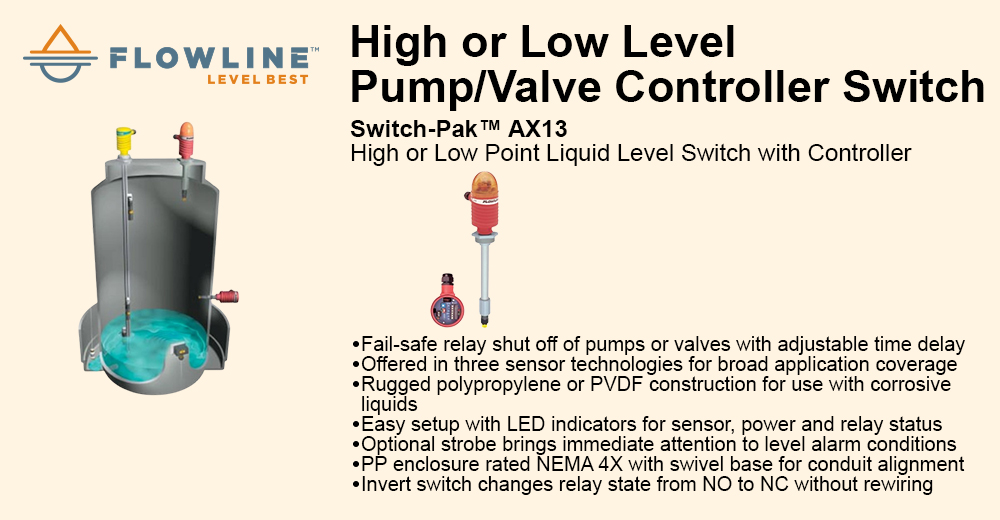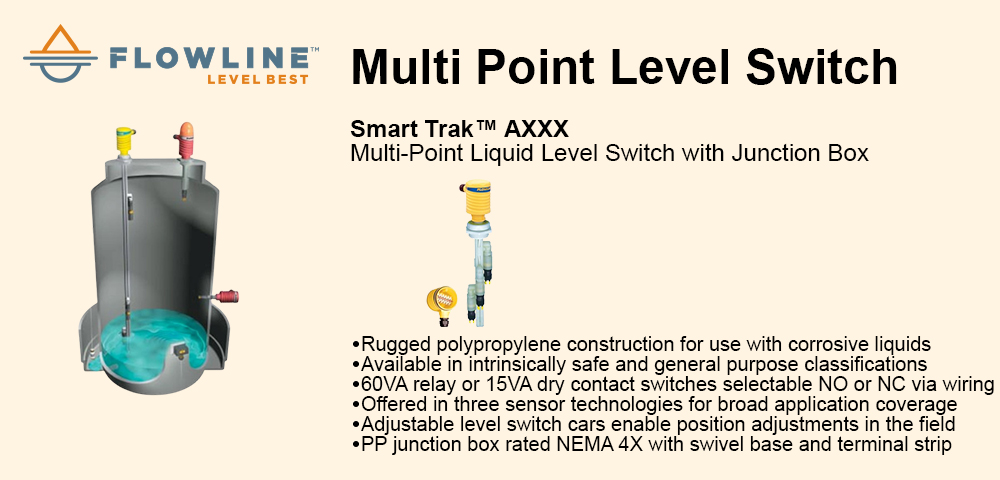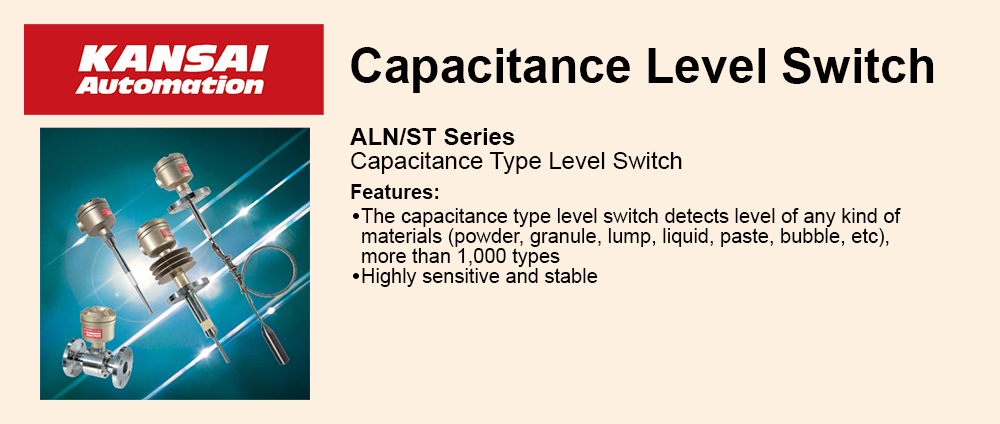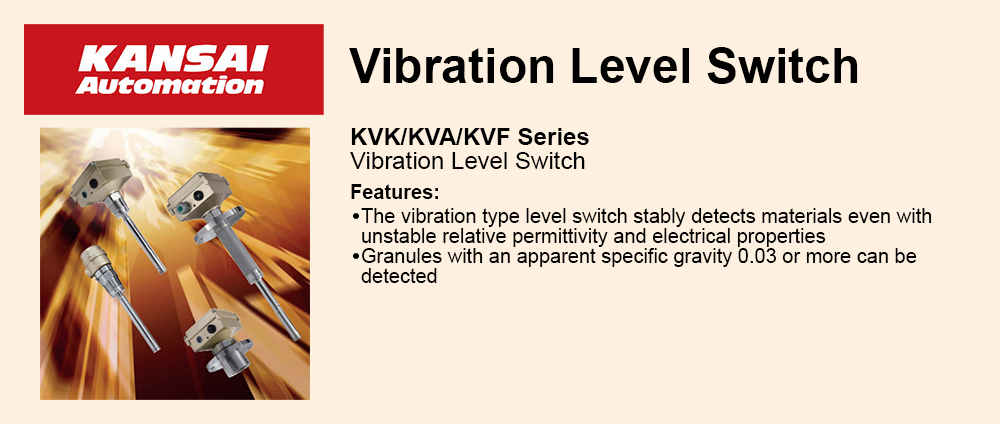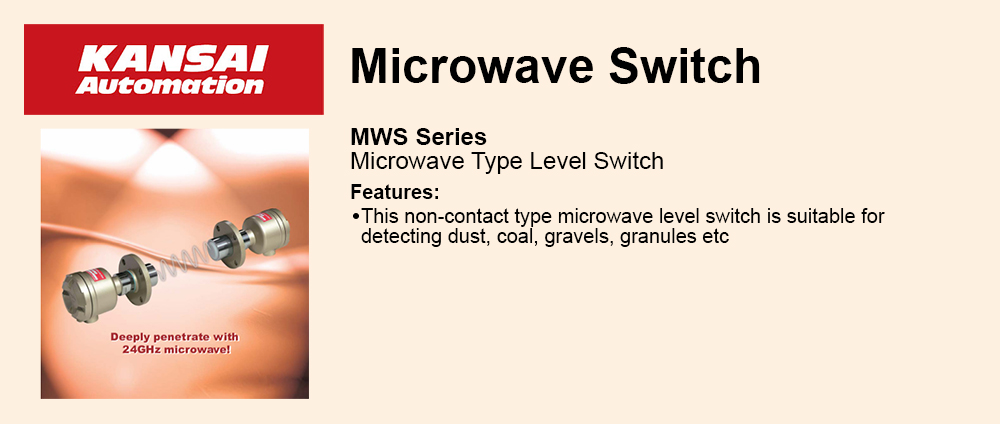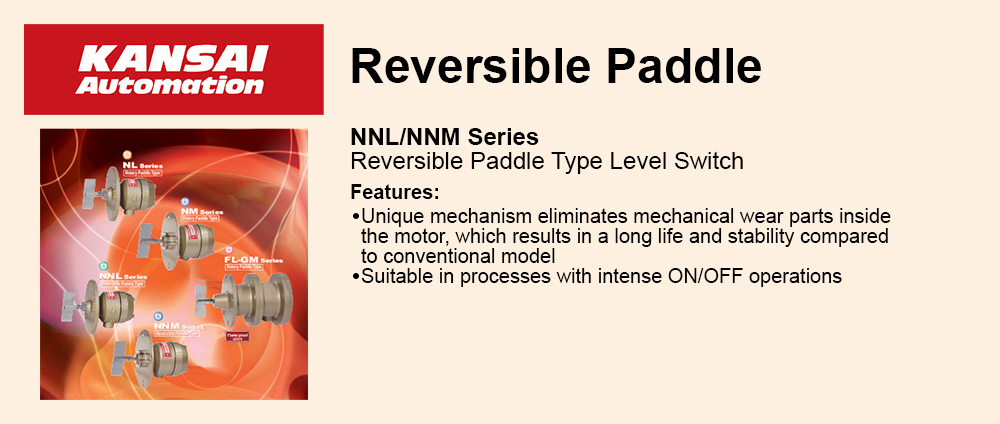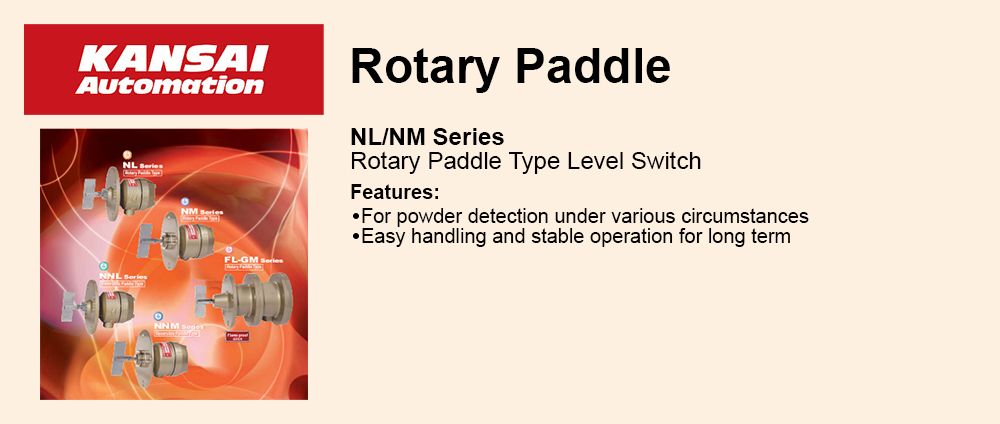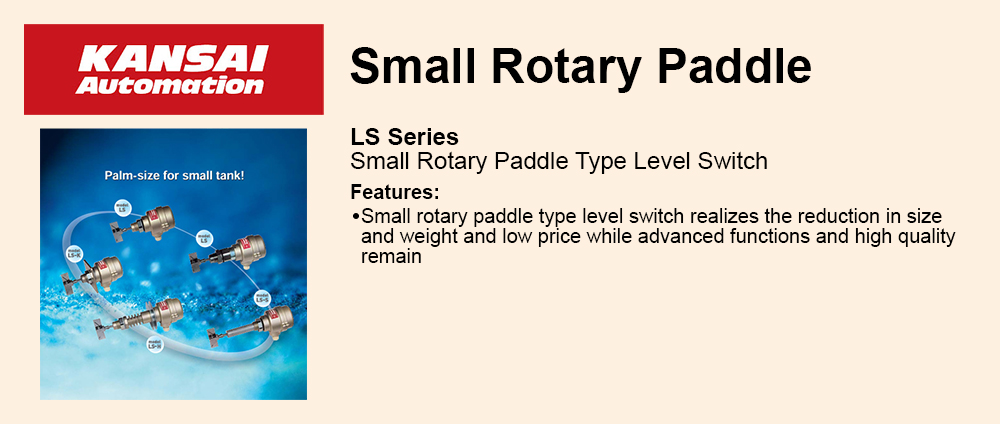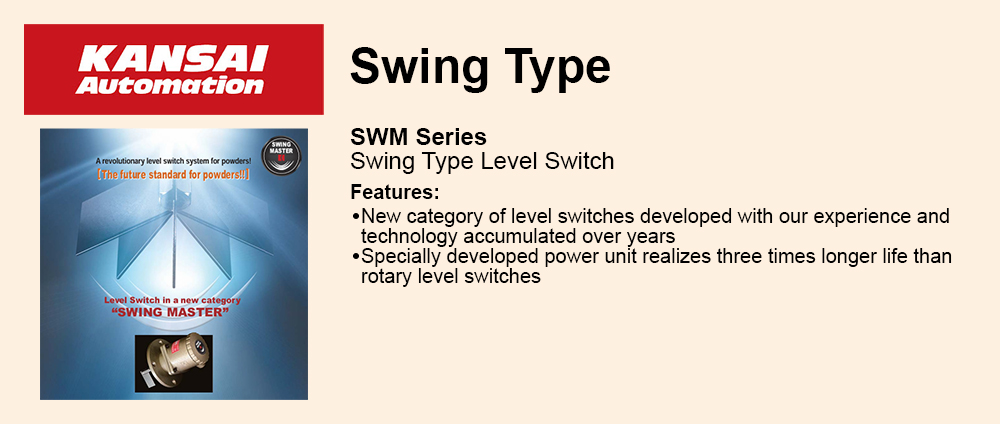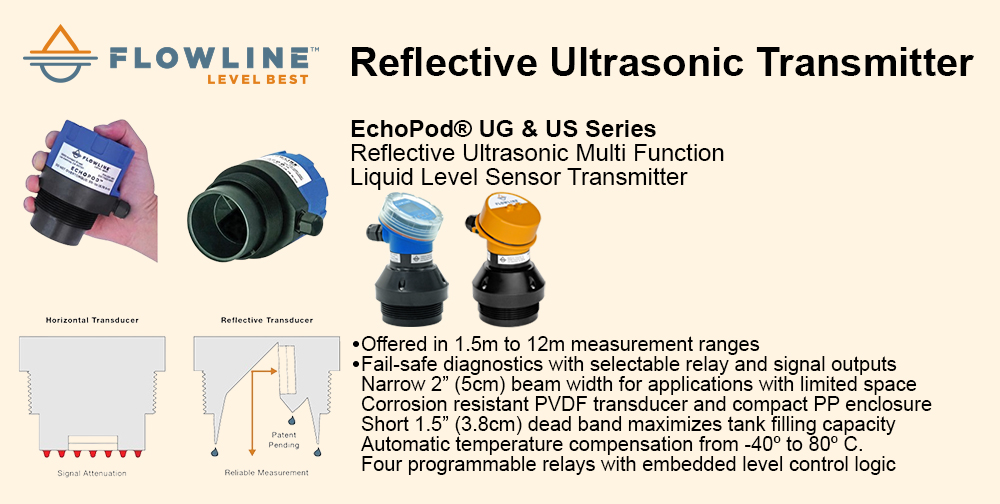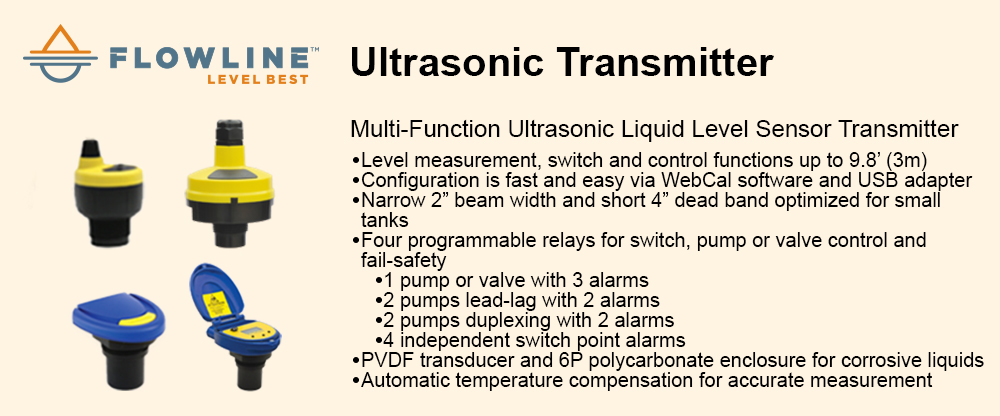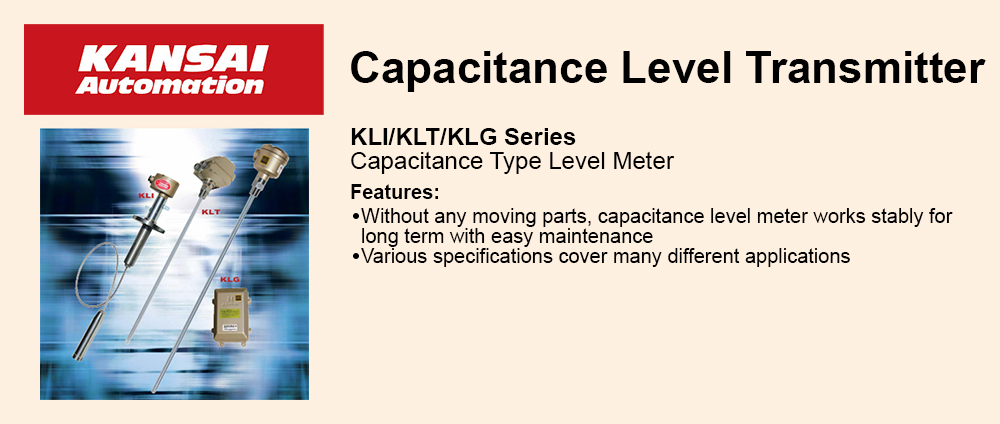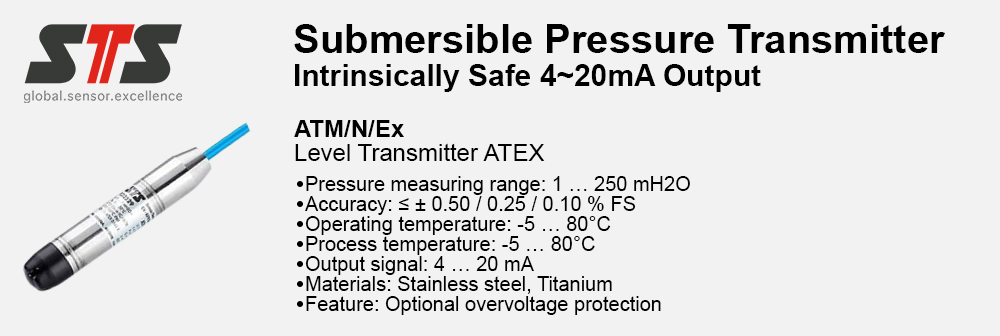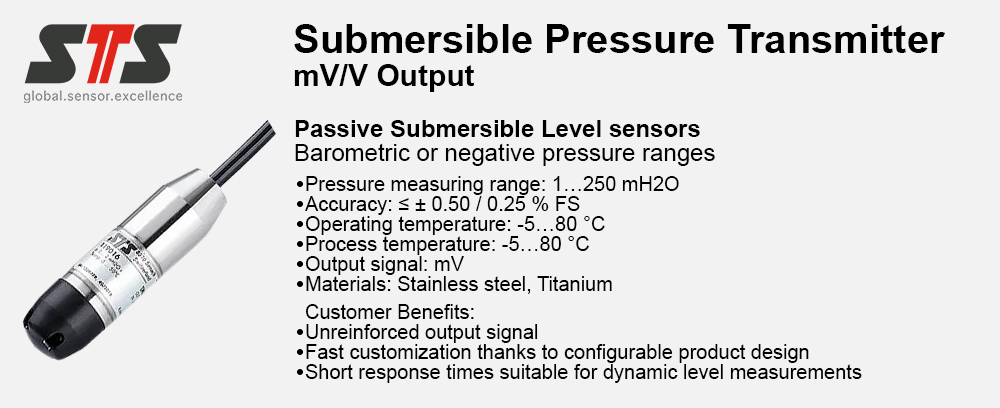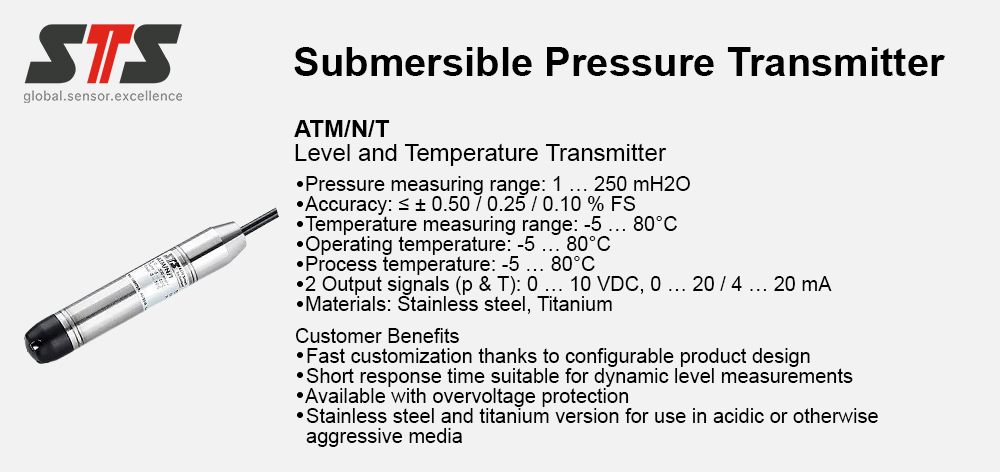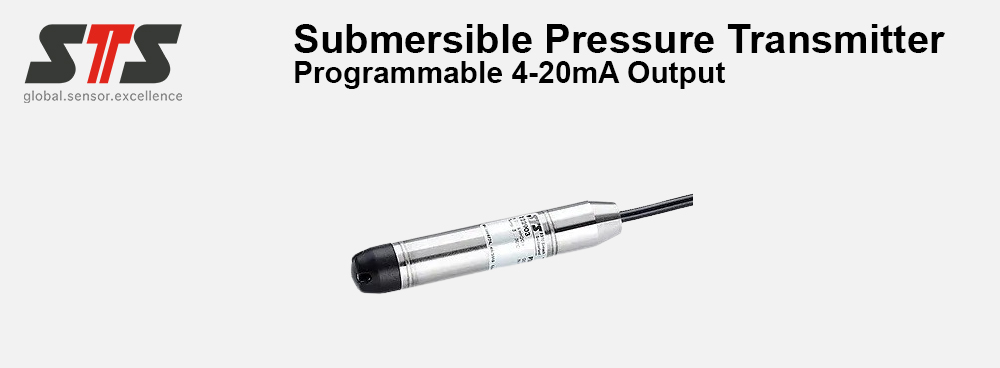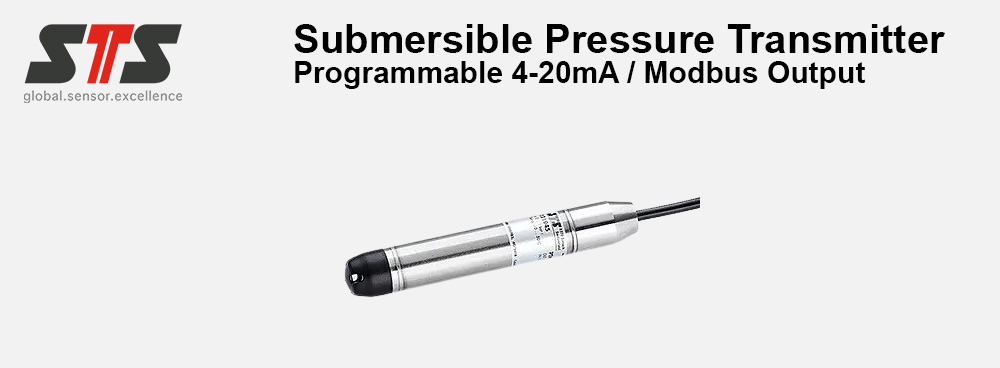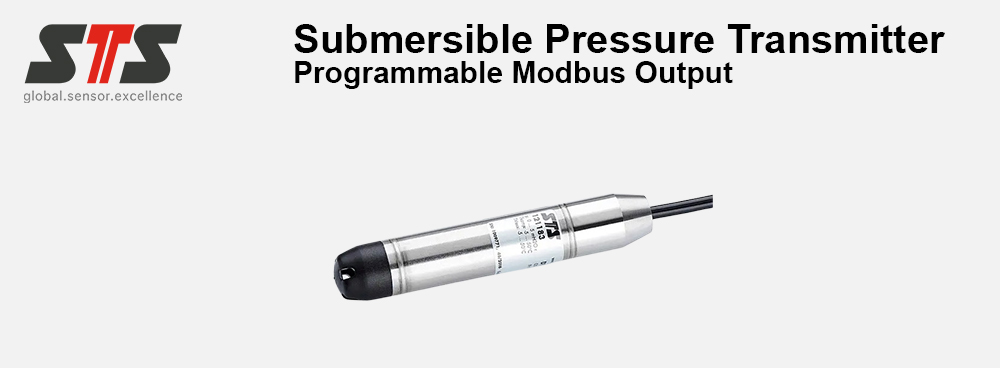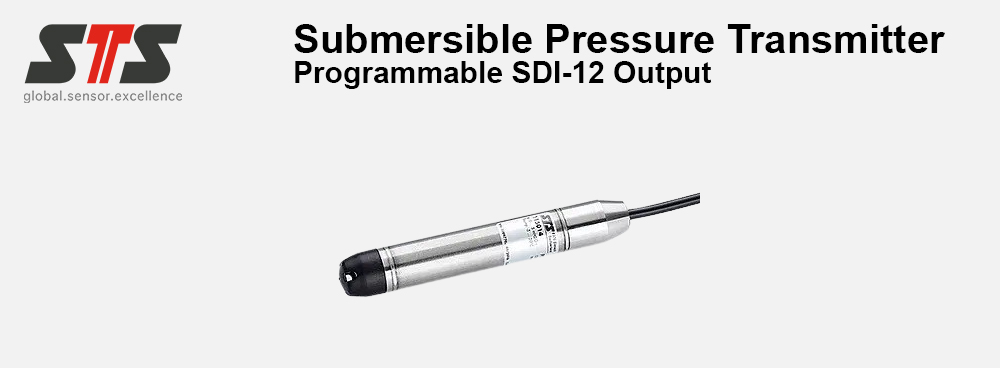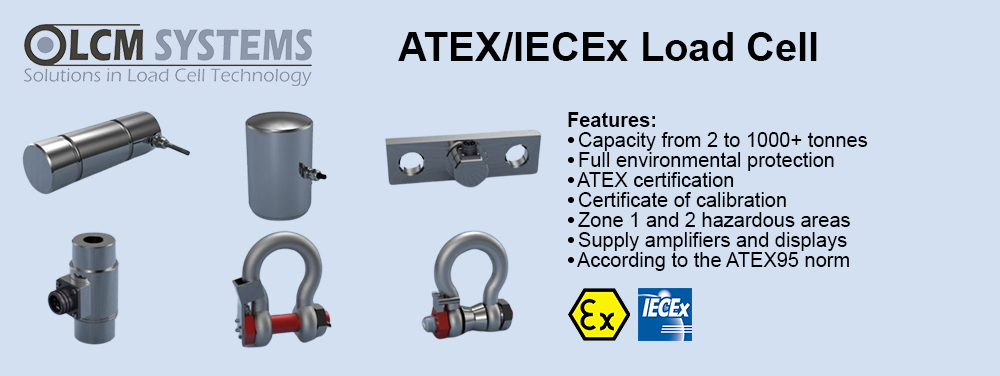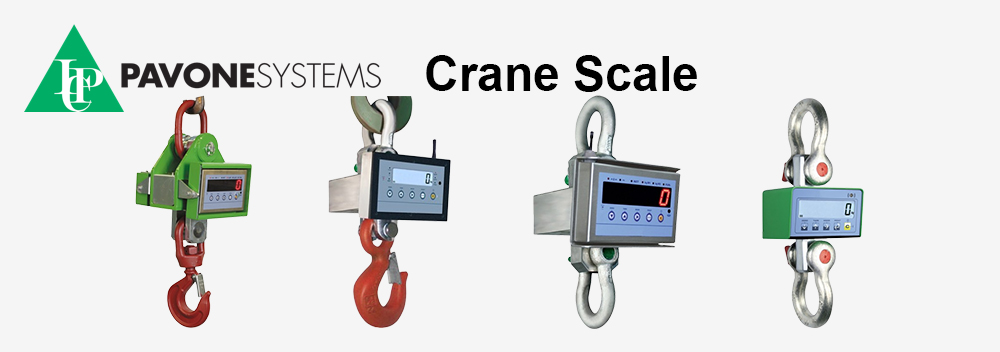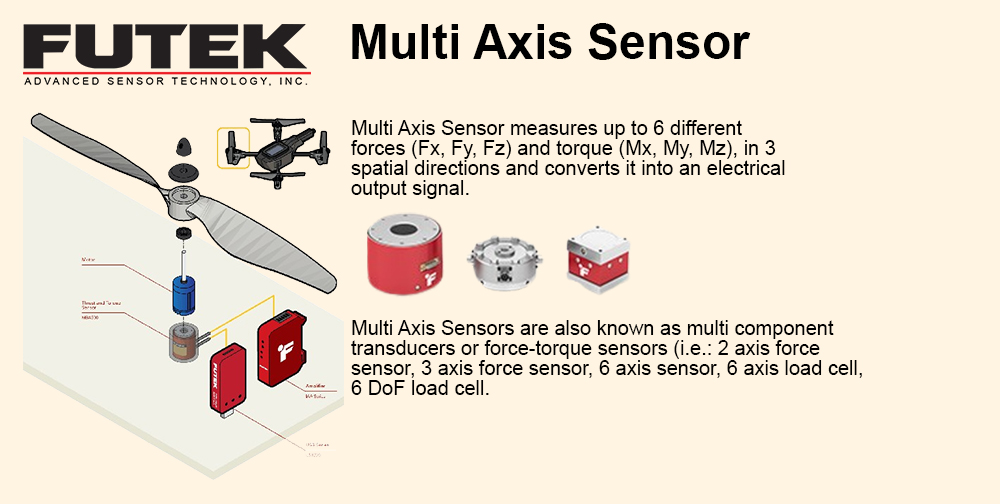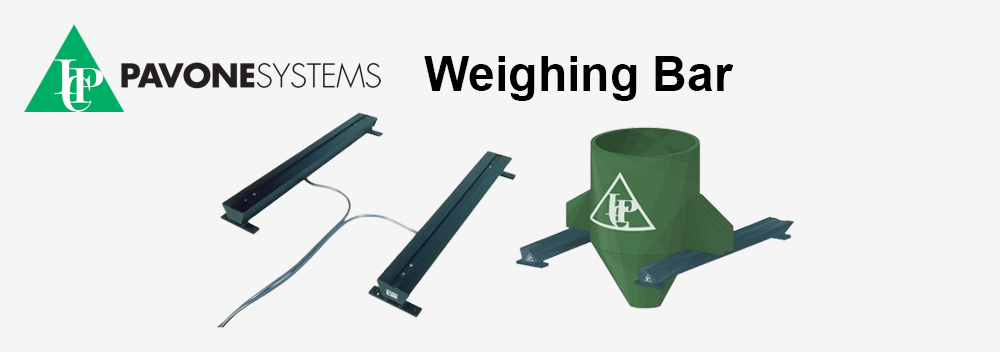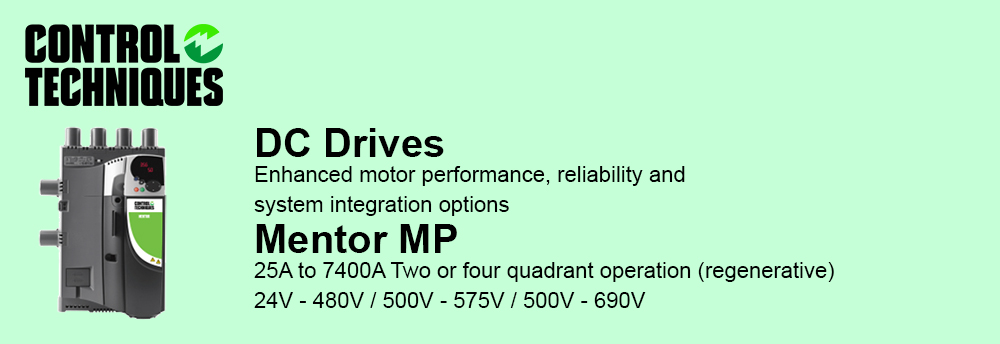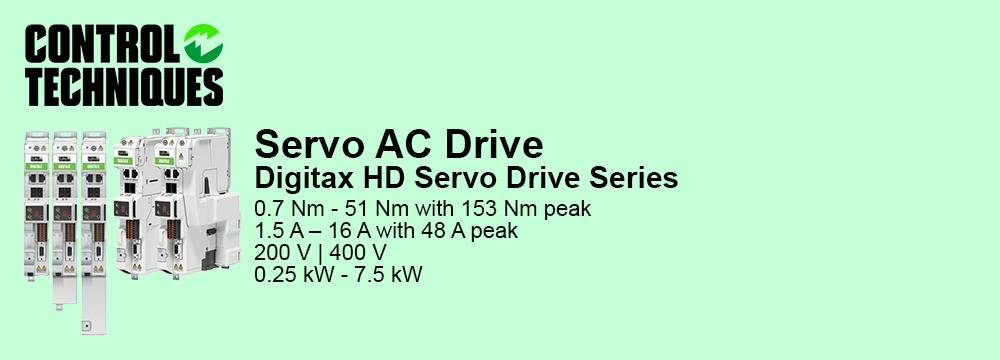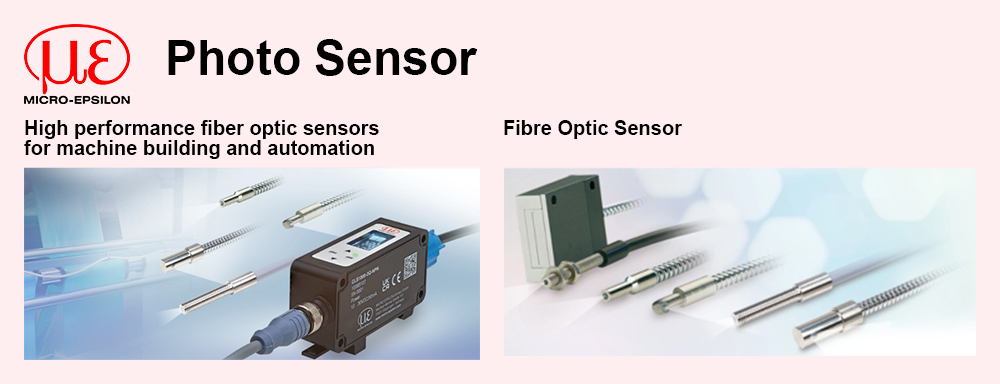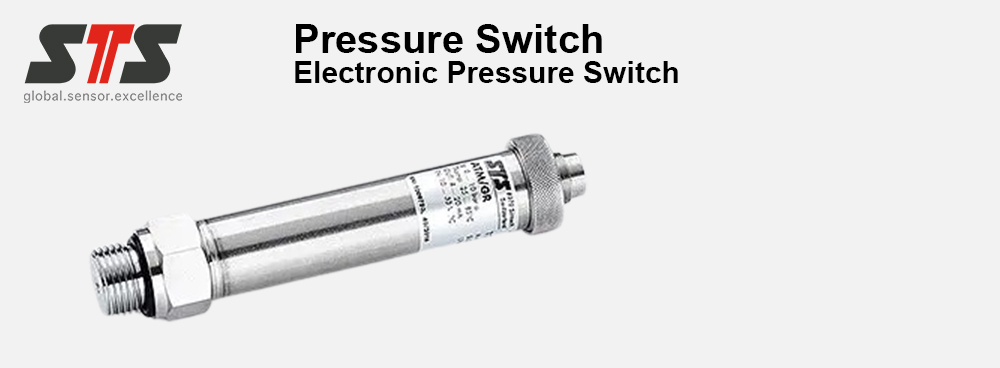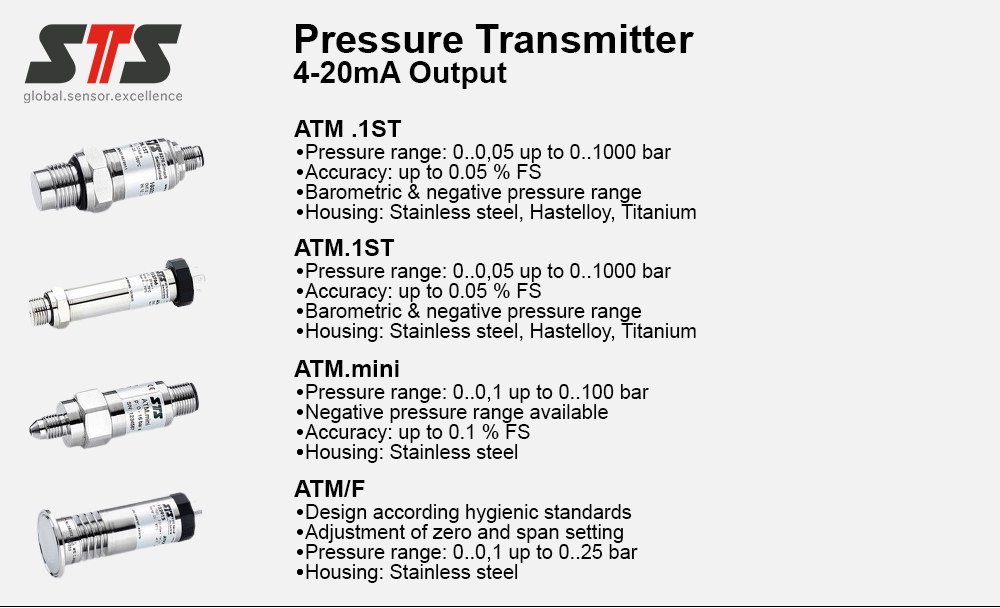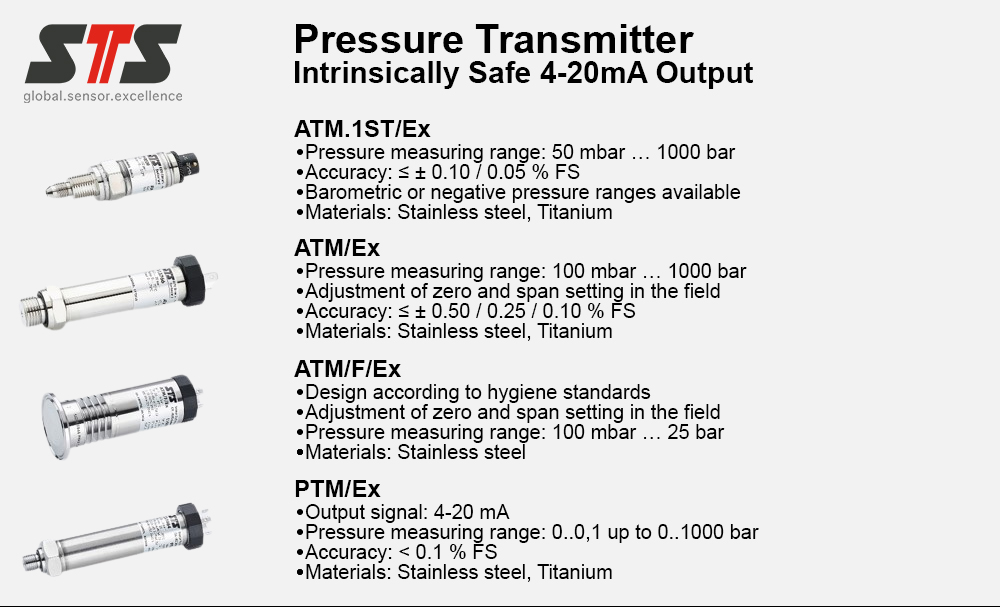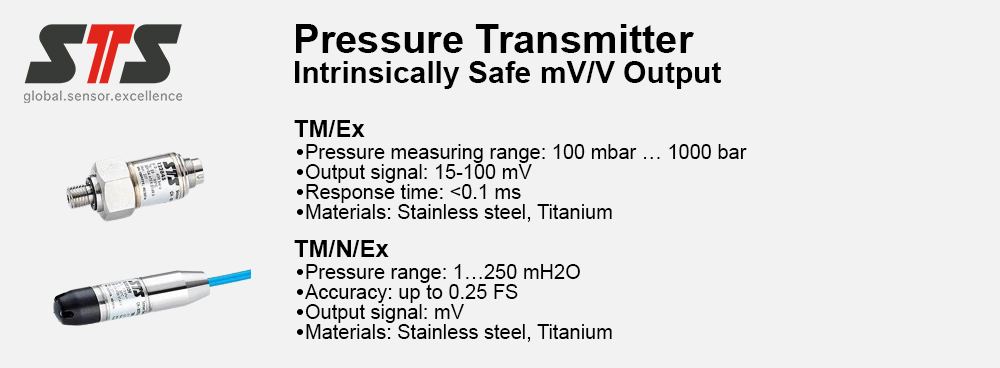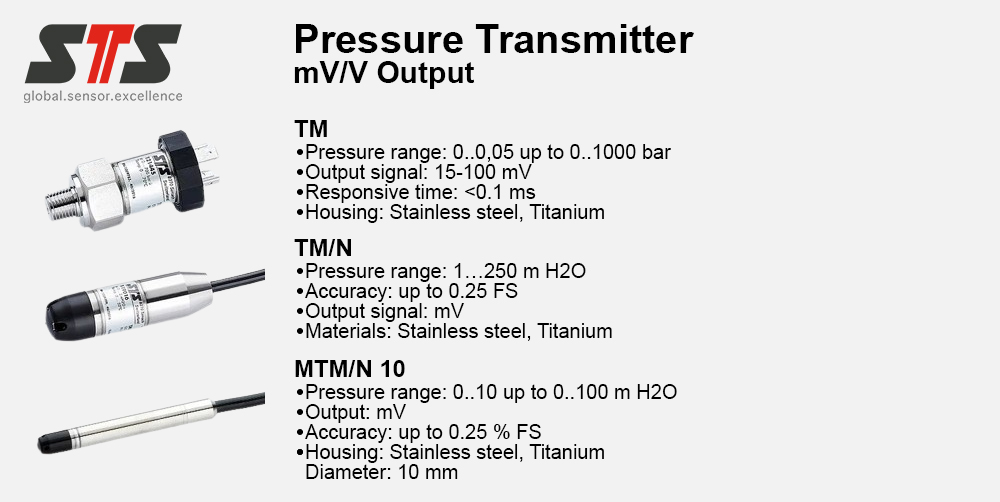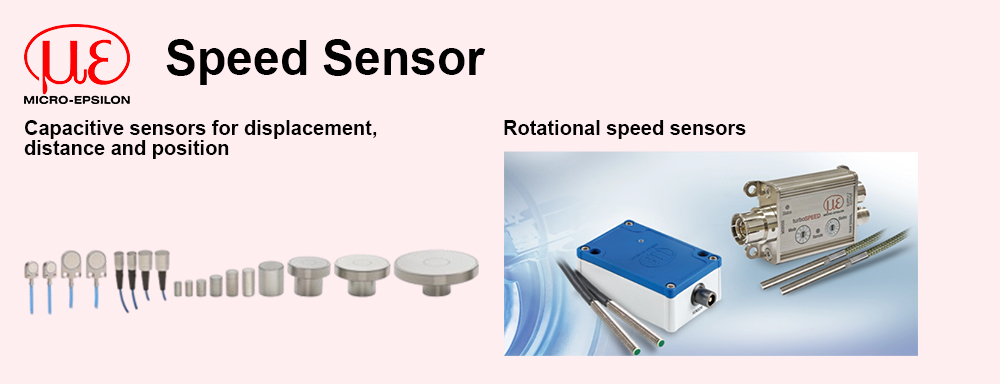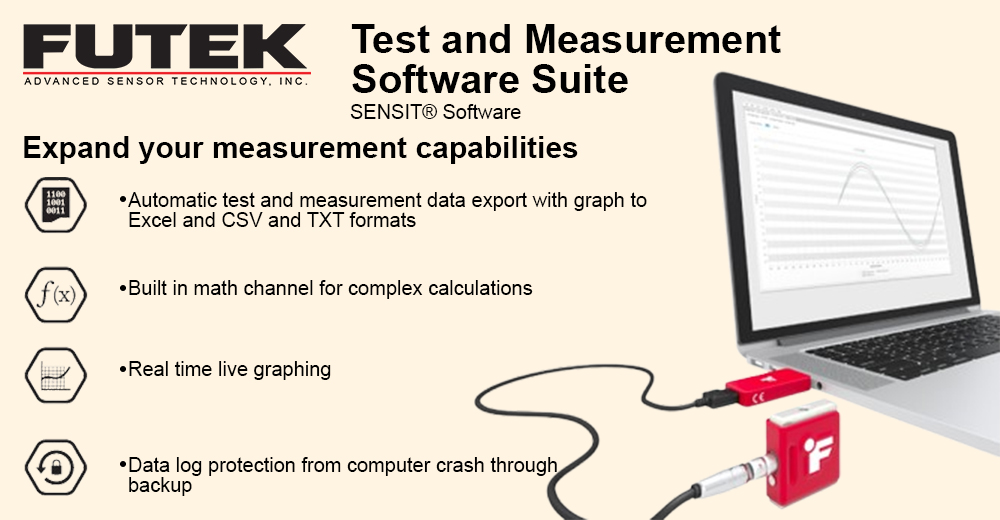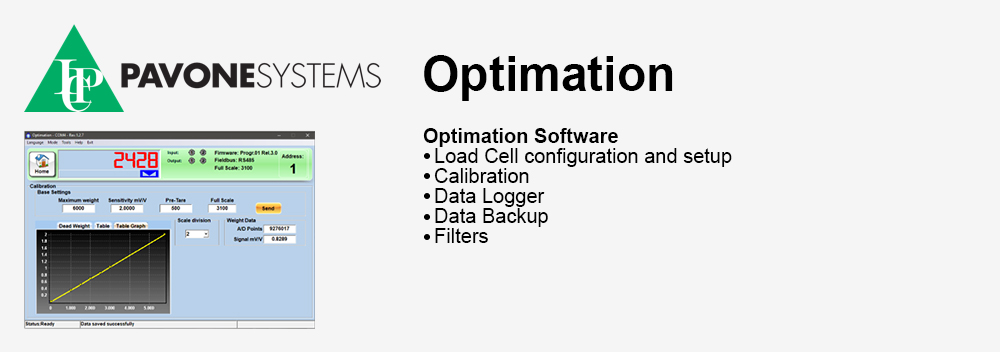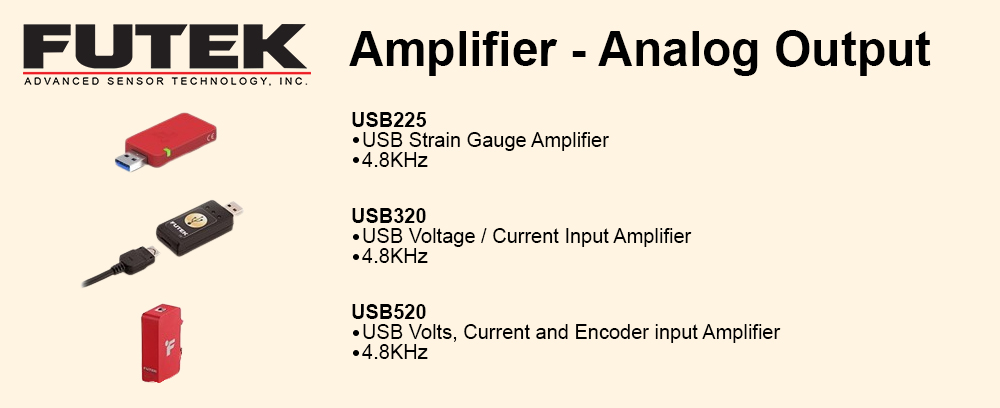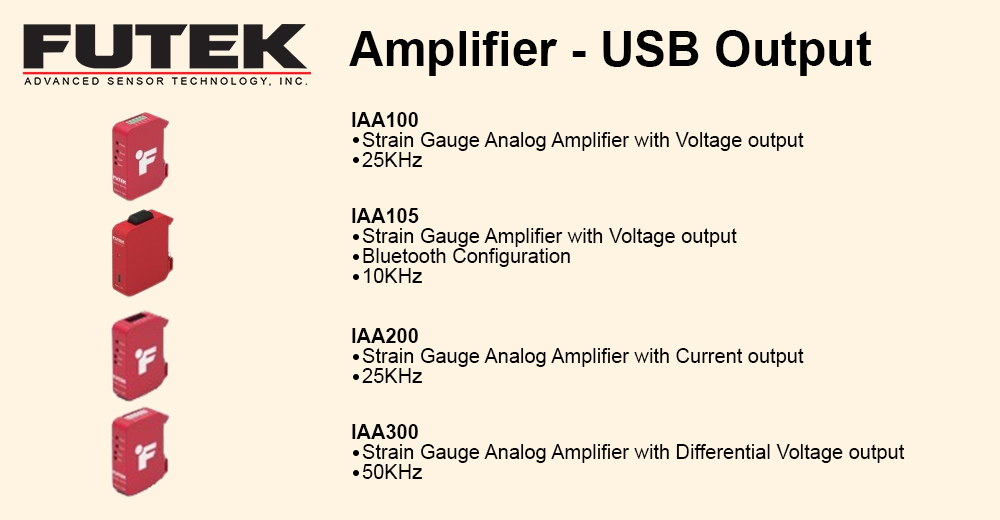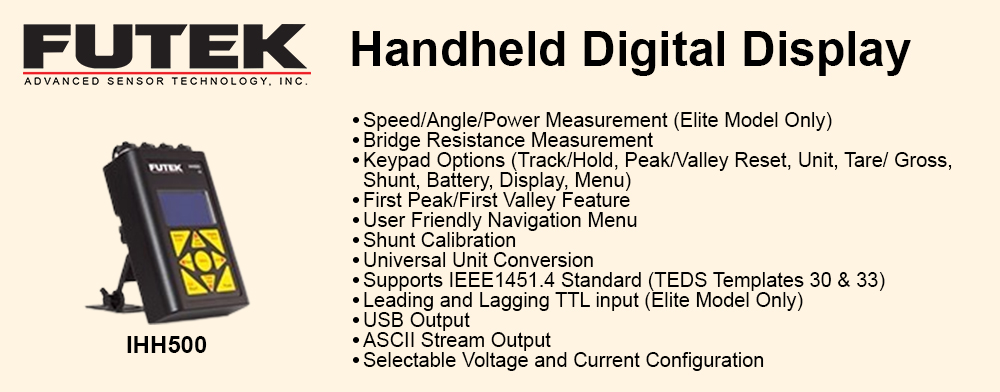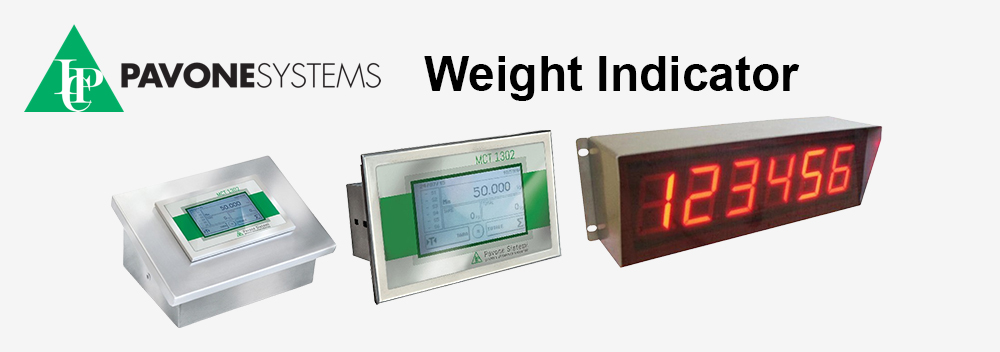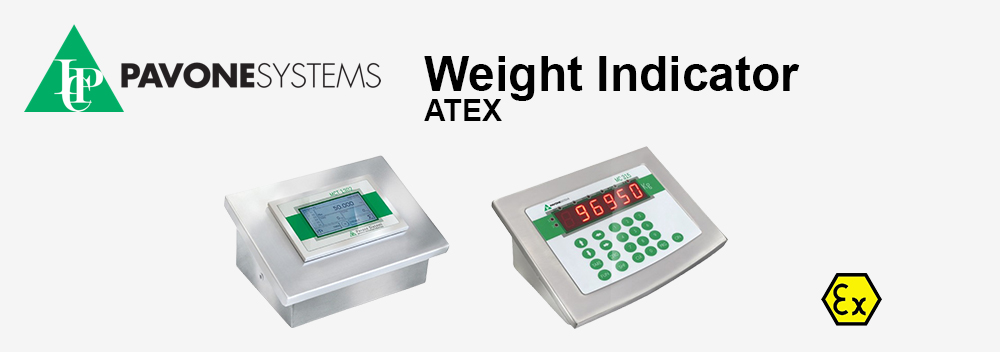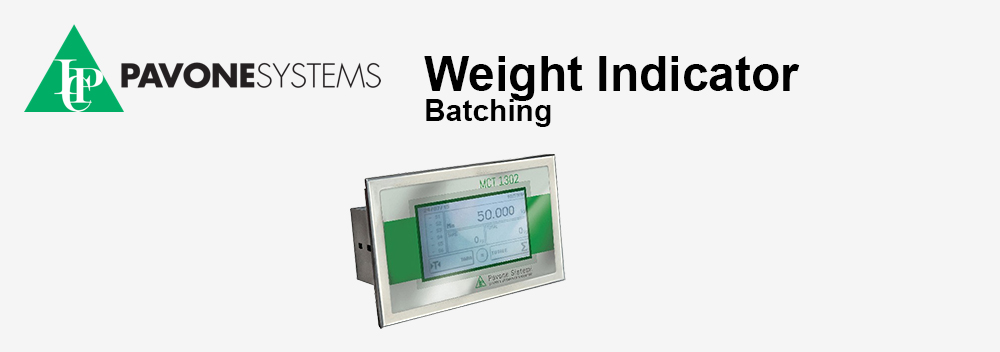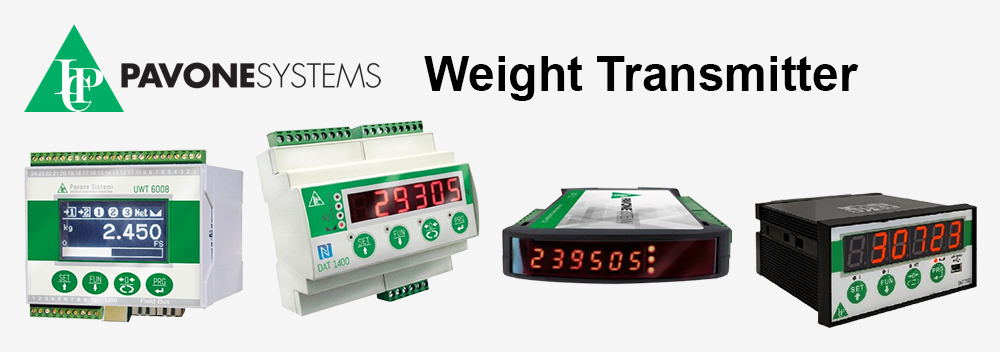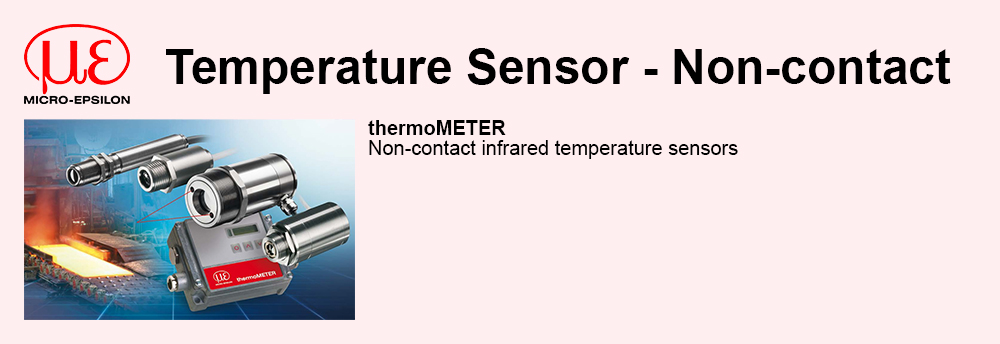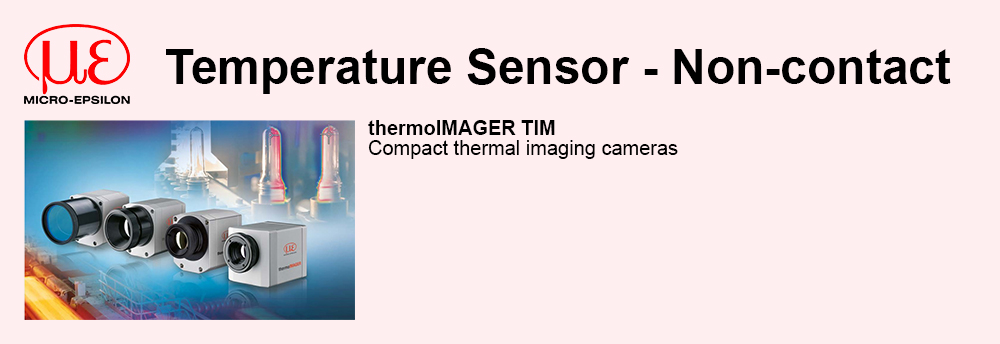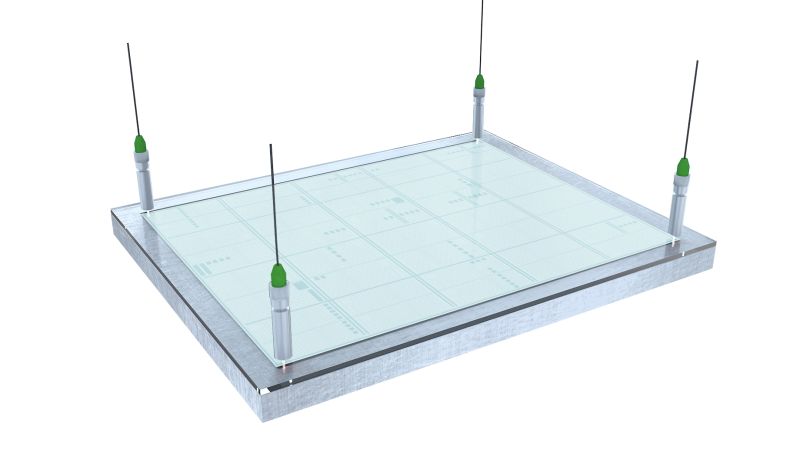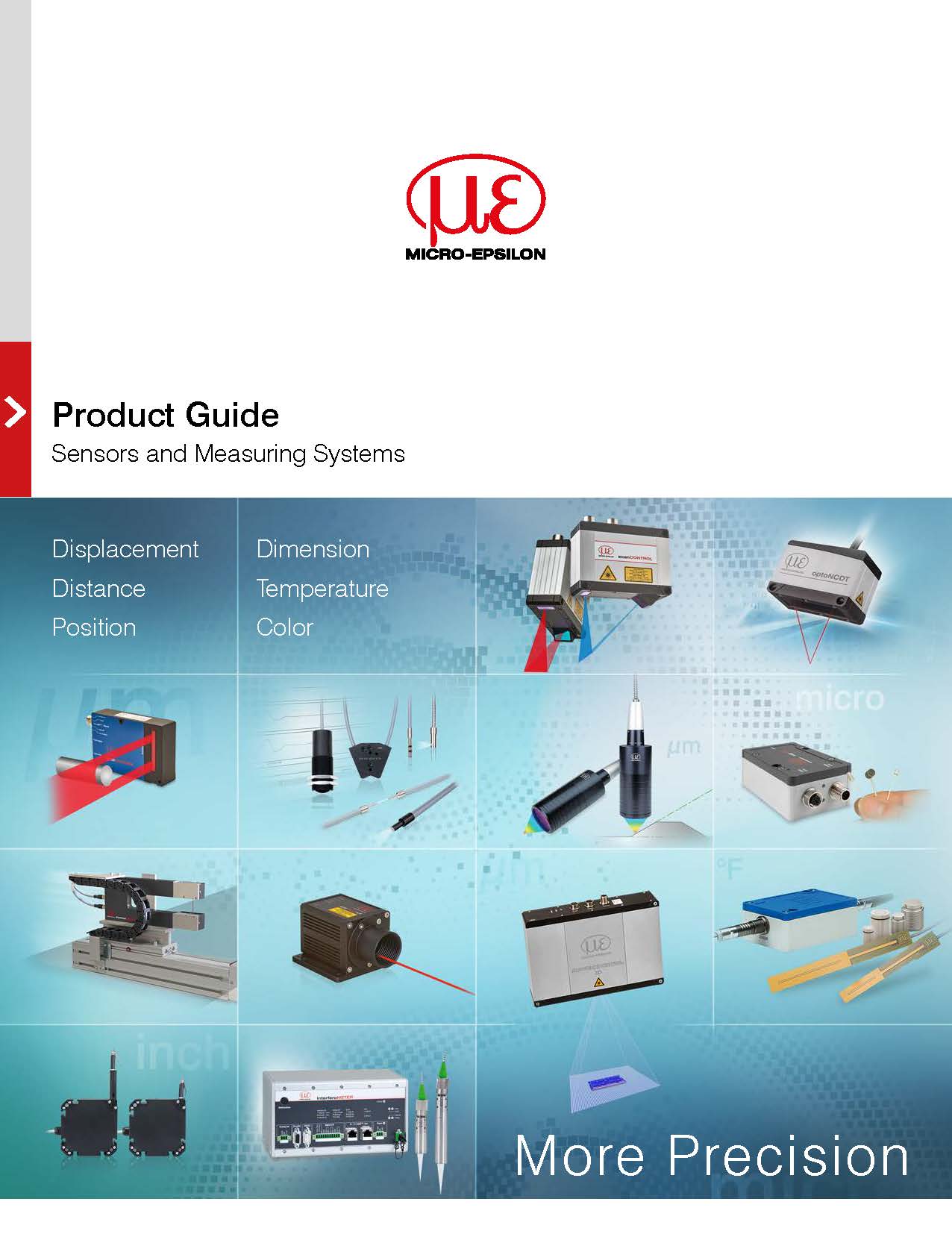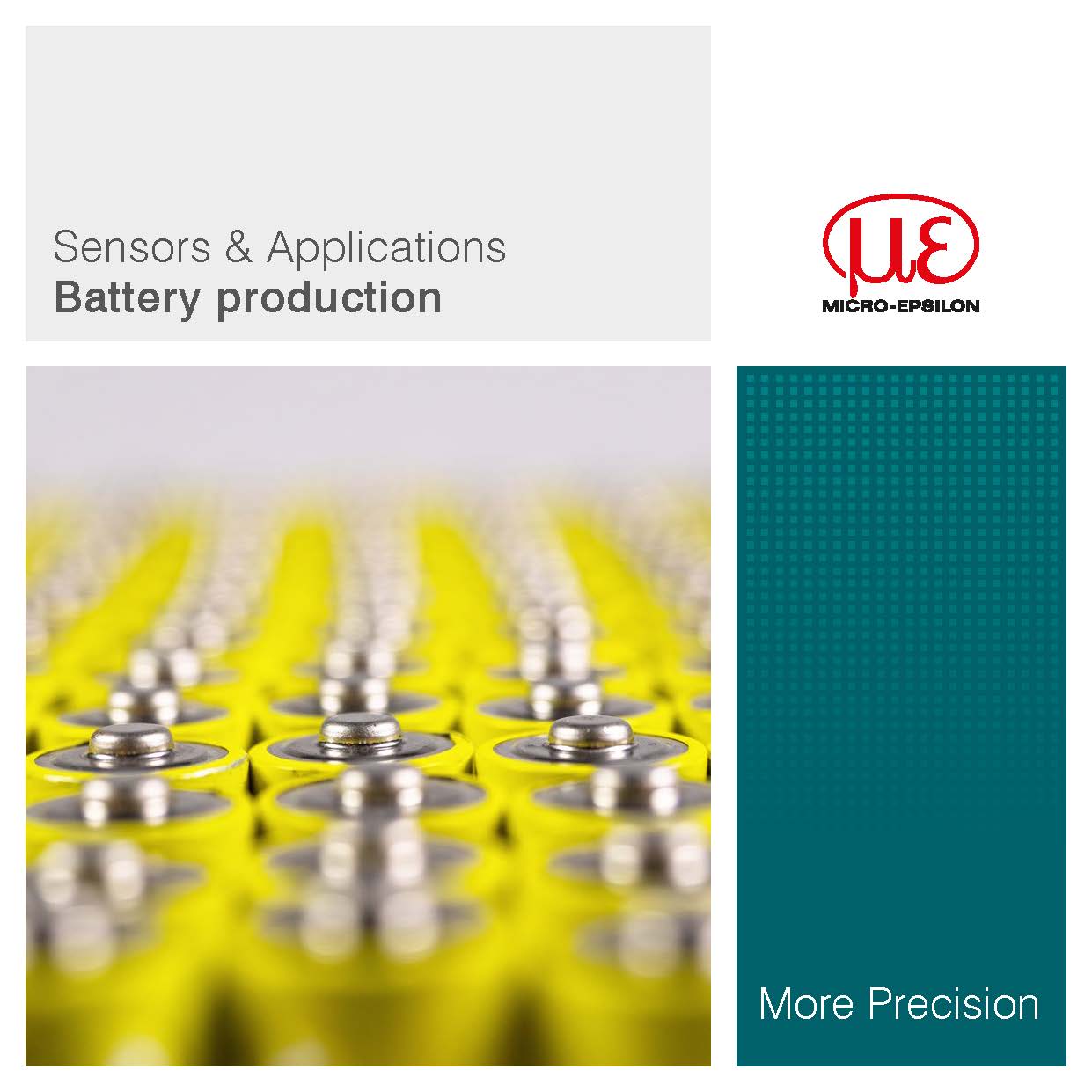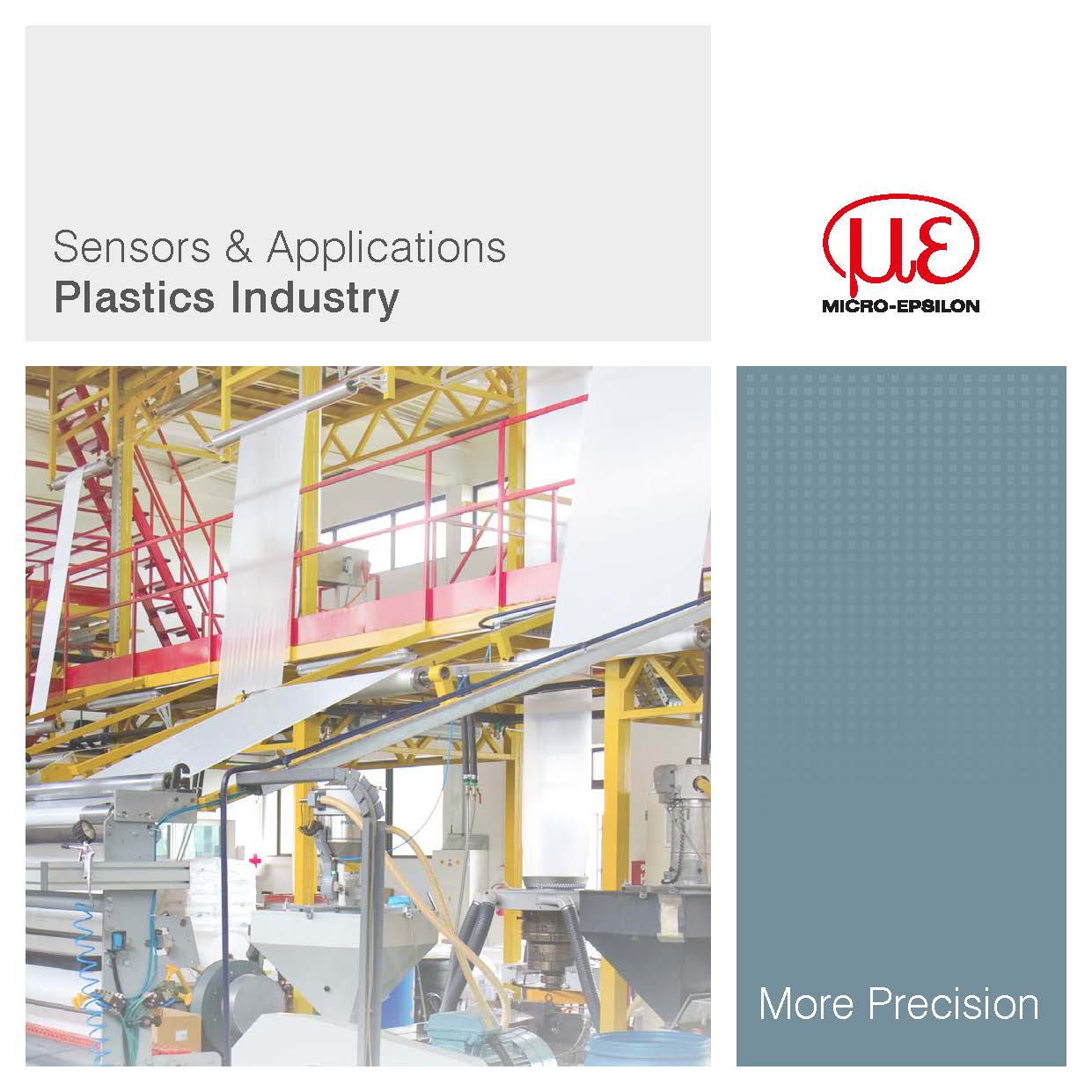Energy technology, power stations |
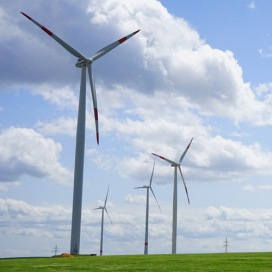 Energy technology is currently a more and more important topic. The use of modern sensors makes constant new developments in this field possible. Sensors from Micro-Epsilon are used both during the development of new systems as well as for the process monitoring in power stations. |
Thickness measurement of battery separators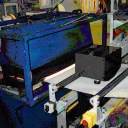 In the production of battery separators the in-line monitoring of the profile thickness is an important measurement task within the framework of quality assurance. A measurement system with high spatial resolution and a high sampling rate is needed for the determination of the profile structure. This task represents one of the classical fields of application for the laser-based triangulation sensor in the Series ILD 2000. The battery separator is manufactured in an extrusion process. For the thickness measurement the optical sensors are mounted on a welded C-frame. This traverses on air bearings without making physical contact on a hard rock base. In this way the vibration of the top belt is minimized and a precise measurement facilitated. Sensor technology applied |
| __________________________________________________________________________________________________________ |
Biogas plant filling quantity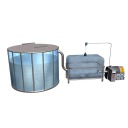 The filling quantity in the fermenter of a biogas plant can be determined using the expansion of the gas tank. This is important in order to assure a constant gas flow to the combustion engine. Draw-wire sensors which are clamped above the film are used for this. The sensor itself is located in the generator building. If the film rises, a displacement change of the sensor is registered. Sensor technology applied |
| __________________________________________________________________________________________________________ |
ROV (Remotely Operated Vehicle) for pipeline inspection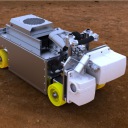 To meet safety regulations, the inspection of the internal parts of pipelines is mandatory, as any defects can lead to cracks, which could result in complete pipe failure or, in the worst case, in personal injury. The critical factor is the weld seam. DEKRA developed a fully automatic vehicle that solves this task by using a combination of visual inspection and geometrical measurements performed by a scanCONTROL laser scanner from Micro-Epsilon. |
| __________________________________________________________________________________________________________ |
Thickness measurement using displacement sensors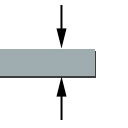 Thickness measurement using displacement sensors is a wide application area. Basically there are distinctions between non-destructive/destructive, non-contact/with contact and one-side/two-sided thickness measurement. The Micro-Epsilon measuring techniques for thickness measurement are all emission-free whereby no emissions regulations of any kind have to be complied with. Thickness measurements must be performed both with contacting as well as with non-contact sensors whereby non-contact measuring techniques show advantages as regards accuracy and measuring speed. There is also a distinction between one-sided and two-sided thickness measurement. Two-sided thickness measurements are carried out with at least one pair of sensors which are installed together on one axis. This pair of sensors measures the target synchronously. The difference between the measurement results (C-A-B) produces the thickness of the measuring object. One-sided thickness measurements must only be performed with non-contact sensors. In doing so, the target is only measured with one sensor and either only a part of the target thickness (e.g. layer thickness) or the complete measuring object thickness is measured. Thickness measurements are mainly used in process control and quality assurance, e.g. for the control of extrusion systems or 100% checking of tube diameters. Sensor technology applied |
| __________________________________________________________________________________________________________ |
Profile measurement of compressor blades under high temperature conditions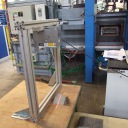 The thermal geometric change under operating conditions needs to be measured on a new type of composite material for gas power plants. Sensor technology applied |
| __________________________________________________________________________________________________________ |
Position measurement on X-ray machines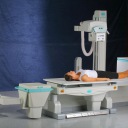 For highres pictures of digital X-ray machines, the camera must be exactly adjusted to the X-ray tube. For pretty flexible operation, different axes are electrically moveable. Therefore, the adjustment of the camera to the X-ray tube can be as precise as possible, the positions of the axes are measured with draw wire sensors of the series wireSENSOR. With this gang control the camera and the X-ray tube can be moved parallel. Sensor technology applied |
| __________________________________________________________________________________________________________ |
Gap measurement in photovoltaic modules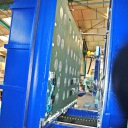 The module is hermetically sealed using a vacuum during a new method for the production of photovoltaic modules. The correct distance between glass front and metal rear side is important for this vacuum. Therefore, the distance of the glass pane to the rear side is automatically measured from one side in the production using confocal sensors. Sensor technology applied |




